Image source : https://earth911.com, www.business-standard.com, www.downtoearth.org.in, www.indiaspend.com
Growing mountains of non-biodegradable garbage mainly plastic has become a menace. It is choking our drains, our rivers and our streets. Stagnant water on road leads to unhygienic conditions as plastic waste clog drains and therefore inhibit proper drainage. Plastic has become the most ubiquitous and necessary material that humankind has created for itself. The biggest increase in the use of plastic has come in the packaging industry. The pandemic of 2020 has only made matters worse: the use of plastic — particularly single-use and disposable — has increased manifold as a protection against the infection.
Moreover, tiny fragments have been found in tap water and air we breathe. Plastic breaks up or crushes under sunlight which then eventually enters and contaminate our environment and bodies.
There are options for disposing plastic waste such as recycle (but the secondary product produced is not of much economic value) and incineration (but expensive emission control equipments are required to clean polluted air generated). Roughly, 6 per cent of the world’s oil consumption goes into making this wonder substance.
The Annual Report on implementation of the Plastic Waste Rules, 2016, which is compiled by the Central Pollution Control Board (CPCB), is the only regular estimation of the quantity of plastic waste that is generated in India. In 2018-19, this report put the plastic waste generated as 3,360,043 metric tons per annum i.e. 3.3 million metric tons per year (roughly 9,200 metric tons per day). Given that the total municipal solid waste generation is 55-65 million metric tons, this would mean that plastic waste is roughly 5-6 per cent of the total solid waste generated in the country. Goa produces 60gm/capita/day and whereas Delhi produces 37gm/capita/day of plastic waste. The national average stands at 8gm/capita/day. An IIT Kharagpur study in July 2018 found more than one-fifth of the silt that clogs Delhi’s drains during the monsoon months to be made up of empty gutkha and pan masala packets. What is generally understood is that polystyrene (PP and PS) and low- density polystyrene (LDPE) are only partially recyclable; most of the times, they are not recycled due to their economic unviability. The 2015 CPCB study had noted that 94 per cent of the total plastic waste was thermoplastics, which — it said — would be recyclable; only 6 per cent was thermoset plastic which could not be recycled.
The concept of bio-mining
A path-breaking bio-mining concept has helped Kumbakonam Municipality, Tamil Nadu reclaim a vast area that was used as a garbage dump on the outskirts of the temple town. The pioneering dump site bio mining concept is a simple, low-tech, quick and environmental friendly measure to remedy old open waste dumps to achieve near zero emission of landfill gases and leach. Loosened layers of old waste are sprayed with composting bio cultures and then formed into conventional aerobic windrows on the site. The waste is then sterilised, stabilised, and readied for segregation using machinery as organic and inorganic substances which will be later sent for recycling, re-using or composting. The important steps involved can be depicted as below:
Handpicking large objects involve aggregates such as coconut shells, plastics, wood, rubber, glass, inert, and soil enriching bio earth. While coconut shells and wood are sold as fuel, rubber and glass are sent for recycling industries. Plastic is supplied to recycling plants and cement plants.
Multilayer plastic
Multilayer plastic is any material used or to be used for packaging and having at least one layer as the main ingredient in combination with one or more layers of materials such as paper, paperboard, polymeric materials, metalised layers or aluminium foil either in the form of a laminate or co-extruded structure. According to Plastic waste management rules, 2016 carry bags made of virgin or recycled plastic shall not be less than 50 microns in thickness. Carry bags are problematic because they are difficult to recycle, and it is almost impossible to regulate their thickness. Recently, the Coimbatore City Municipal Corporation began a drive under the Smart City Initiative to introduce bio-bags that could serve as an alternative. The bags are known to be soluble in water and decompose within three-four months.
The statement that India would phase out single-use plastics by 2022 was a reiteration of the commitment that the Indian government had made in 2018. On World Environment Day (June 5), 2018, the then environment minister Sh. Harsh Vardhan had announced that single-use plastics would be phased out in the country by 2020; the deadline was later revised to 2022. The Airports Authority of India has declared 55 out 134 airports as single-use plastics free.
Extended producer responsibility
Out of the total plastic waste produced from 1950-2015, only 9% has been recycled. The rest has ended up in landfills or in the environment — oceans and water bodies. Low household segregation and weak collection and transportation systems that support source segregation inhibit the recycling of plastics. This is why the world is looking at the system of Extended Producer Responsibility (EPR) — where the producer of plastic would be responsible to take the product back and recycle it. But this is easier said than done.
The Plastic Waste Management Rules, 2016 define EPR as the responsibility of a producer for environmentally sound management till the end of life of the product. The ‘producer’ is defined in such a way that it covers all manufacturers, importers and users (brand owners). Section 9(2) of the Rules says the primary responsibility for collection of used multi-layered plastic sachets or pouches or packaging is of producers, importers and brand owners who introduce the products in the market. They need to establish a system for collecting back the plastic waste generated by their products. Section 13 of the Plastic Waste Management Rules, 2016 also require producers and brand owners to register themselves with the state pollution control board or the CPCB (if operating in more than two states). However, the March 27, 2018 amendment to the Rules, which substituted “non-recyclable multi-layered plastic” with “multi-layered plastic which is non-recyclable or non-energy recoverable or with no alternate use” has further weakened the Rules. This gave producers a loophole to claim that packaging material, if not recycled, can be put to some other use.
In the business of waste management, there has been the emergence of Producer Responsibility Organisations (PROs) — a third party that facilitates the responsibility of producers to take back waste from the open market, recycle or process, and file compliance. So, brand owners and other producers of plastic now hire an agent — PRO — to do the work; they pay for both the cost of collection and the cost of ensuring compliance. However, the PRO does not find a mention in the Plastic Waste Management Rules, 2016, nor in the amendment of 2018. So, CPCB withdrew the PRO scheme and the Board advised producers and other stakeholders to plan their EPR implementation as per the requirements of the Plastic Rules of 2016, as amended in 2018, and engage agencies at their discretion.
Non-compliance with EPR– On April 24, 2019, the CPCB asked 52 companies and nine industries to submit their EPR plans according to the Plastic Waste Management (PWM) Rules, 2016. The defaulters were made liable for action under the Environment Protection Act (EPA), 1986/National Green Tribunal (NGT) Act, 2010. This was the first time that the CPCB held companies accountable for not complying with the PWM Rules, 2016. The undertaking submitted by these companies takes responsibility to collect back and dispose of 20 per cent of the used multi-layered plastic (MLP) and other plastics produced/used by their brands. This was proposed to be eventually escalated to 100 per cent in three years.
On June 25, 2019, the CPCB issued directions for producers/importers/ brand owners (called PIBO) providing an outline for framing the action plan under EPR for plastic waste management. It included three ways-
- Through own distribution channel: The Plastic Producers, Importers and Brand Owners (PIBO) must have a contract with a recycler or can send the waste for disposal to cement plants etc. A documentary proof is to be submitted to the CPCB.
- Through Urban Local Bodies: The ULB would make the contract with the recycler or with a cement plant etc.
- Through an agency, which, in turn, would either contract with a ULB or a recycler or a cement plant for plastic waste management.
It is to be noted that in all such cases, waste collected should be equivalent to the estimated quantity of plastic waste generated. The PIBO is required to file quarterly reports on the progress made in waste collection and processing. Manufacturers and PIBOs will share the details about the type of plastic used in packaging and the quantity consumed.
Recycling
As per the 2016 Rules, all persons recycling or processing waste or proposing to recycle or process plastic waste are required to apply to the State Pollution Control Board (SPCB) for grant of registration.
Agenda
- Inventorise plastic waste– not just in terms of how much we produce, but what happens to the waste after it is used and thrown.
- Ban/restrict multi-layered plastic and sachets that cannot be recycled– we need to take a tough view on this, as the current system provides for industry to continue to manufacture and use plastic that is unfeasible to recycle.
- Minimise, reduce and then work to recycle– Many states in India have come up with bans on what they have categorised as single-use plastic.
- Include the business of plastic waste recycling in policy and provide it incentives.
- Start implementing the EPR system as provided in Plastic Waste Management Rules, 2016
- Ensure enforcement of segregation at source by local governments– It is clear that re-processing, recycling or any kind of material recovery from making a new product or for energy recovery — is only possible if plastic waste is not contaminated and is segregated. This can best (and possibly only) be done at the household/institutional level.
References
- Managing plastic waste in India- challenges and agenda- A report published by Centre for Science and Environment. https://www.cseindia.org/content/downloadreports/10352
- https://www.thehindu.com/news/national/tamil-nadu/kumbakonam-municipality-adopts-bio-mining-reclaims-garbage-dump/article8477773.ece.
– Shreya, Deputy Manager (Environment)










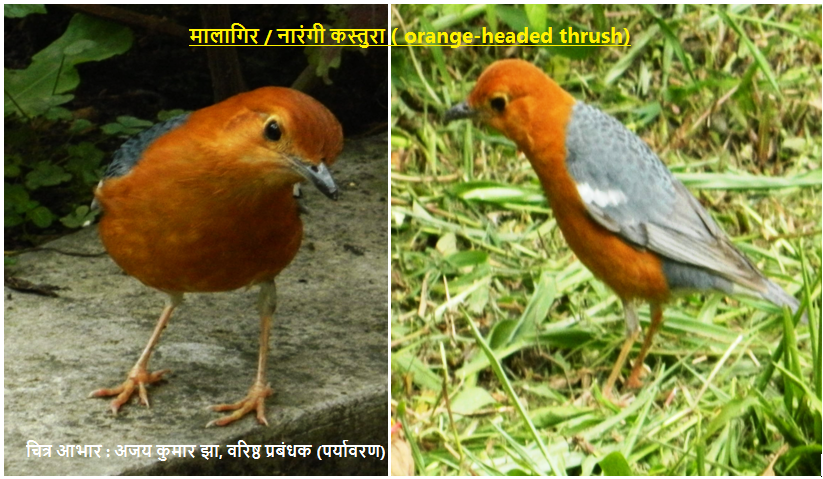






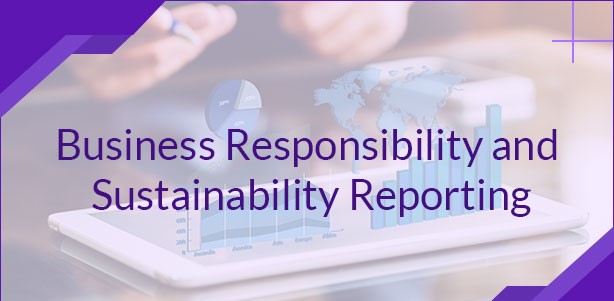


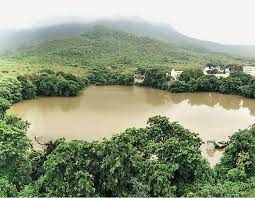

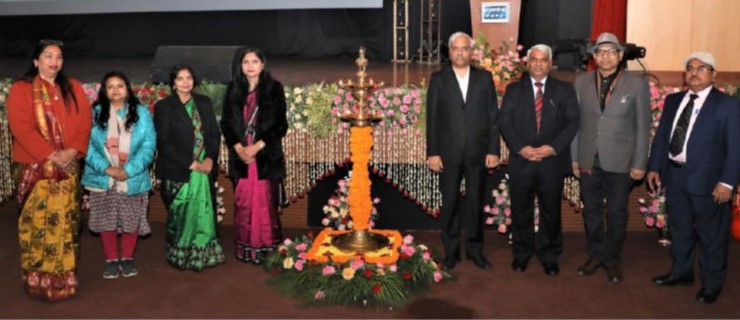
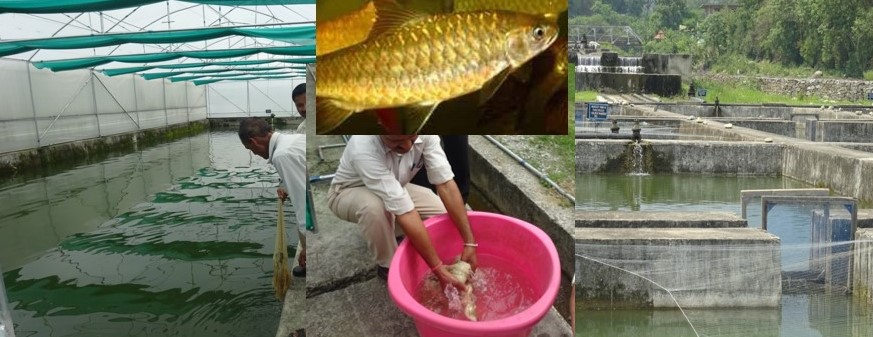





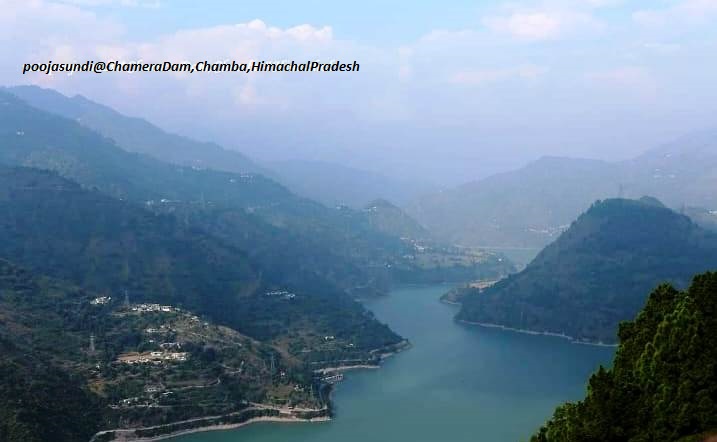
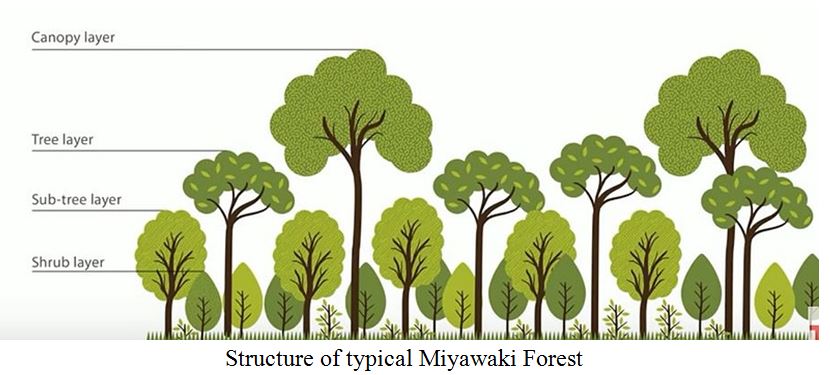
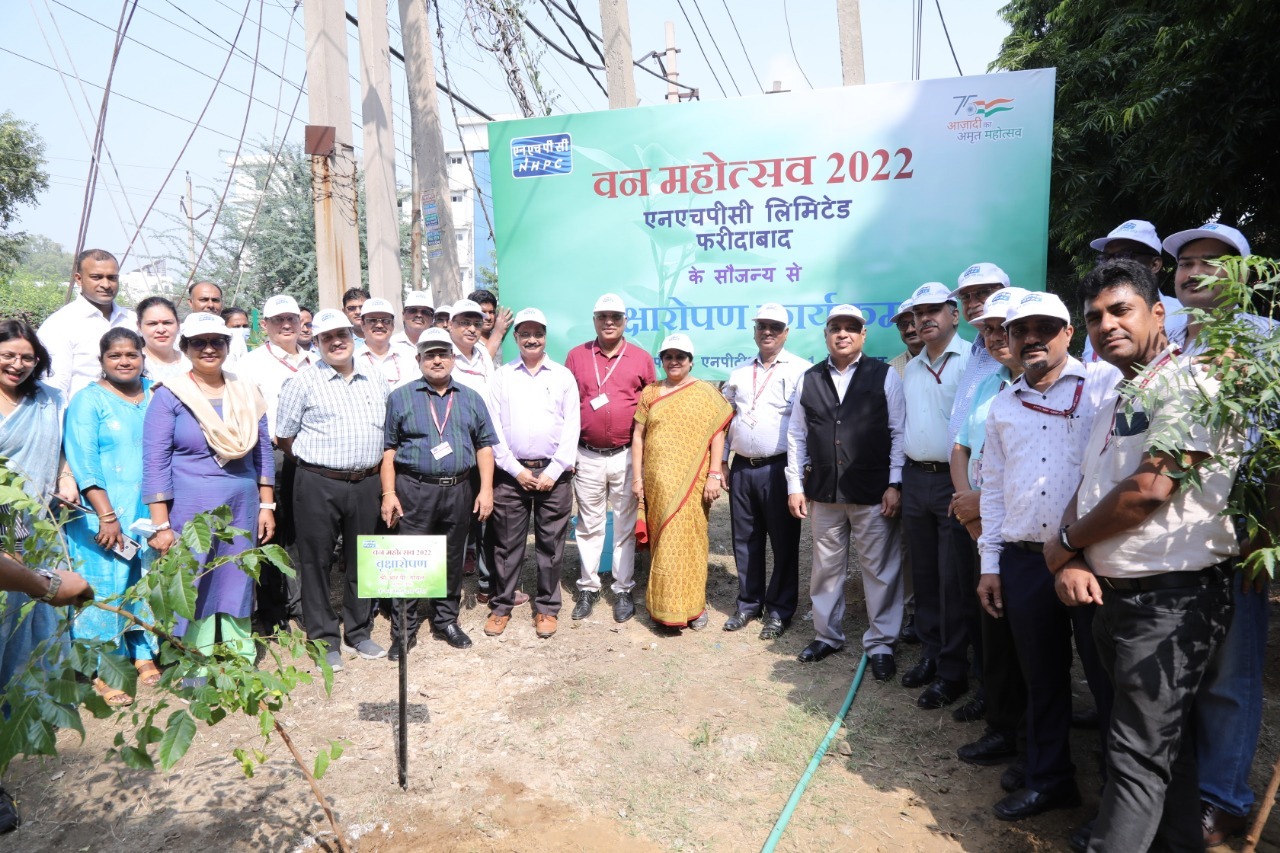
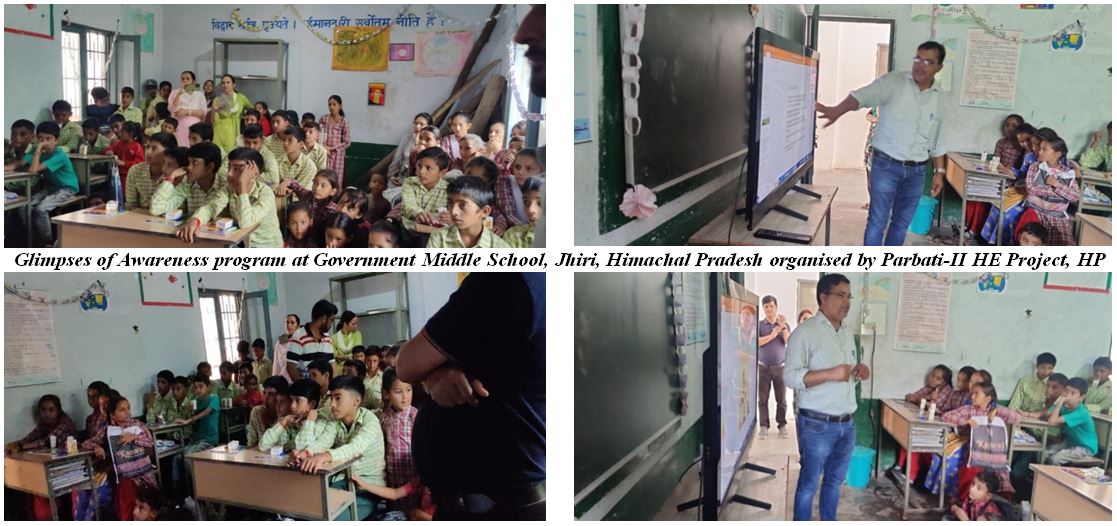

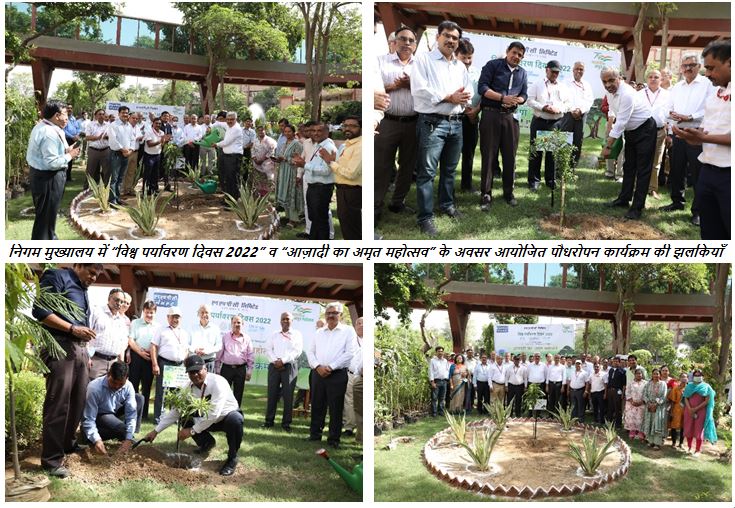

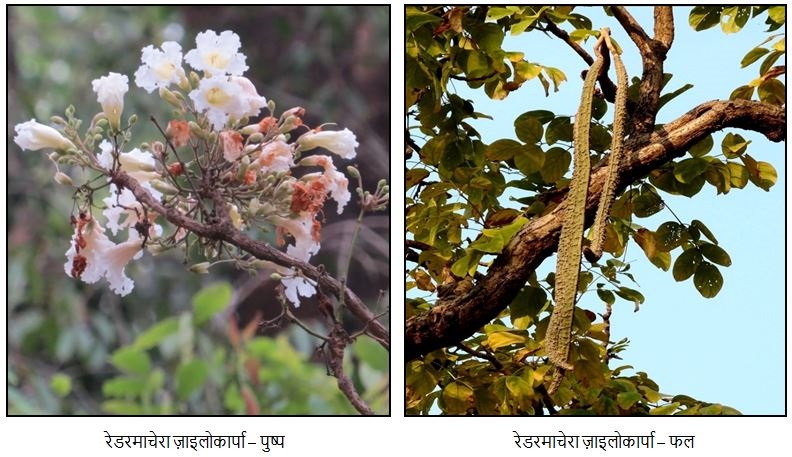










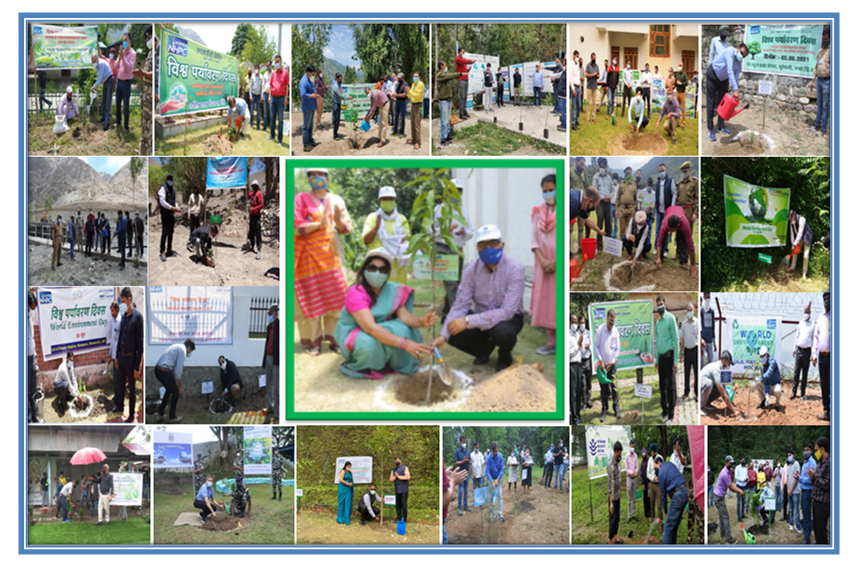

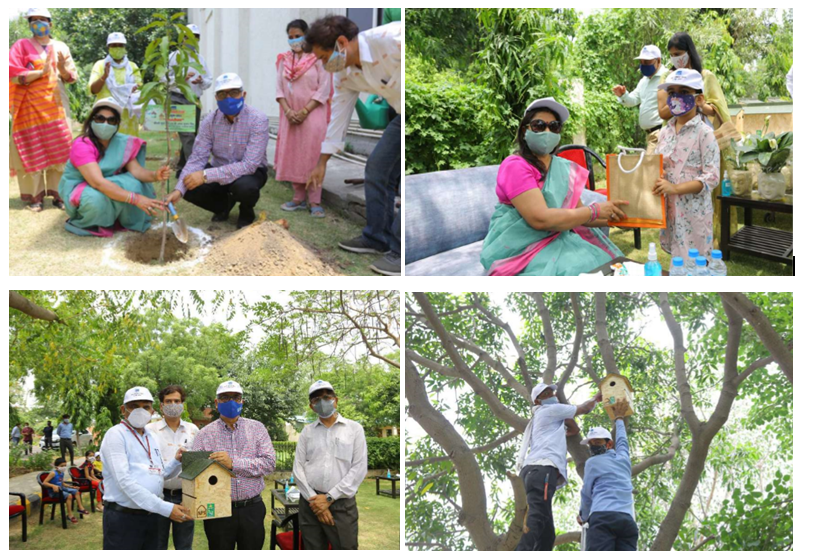













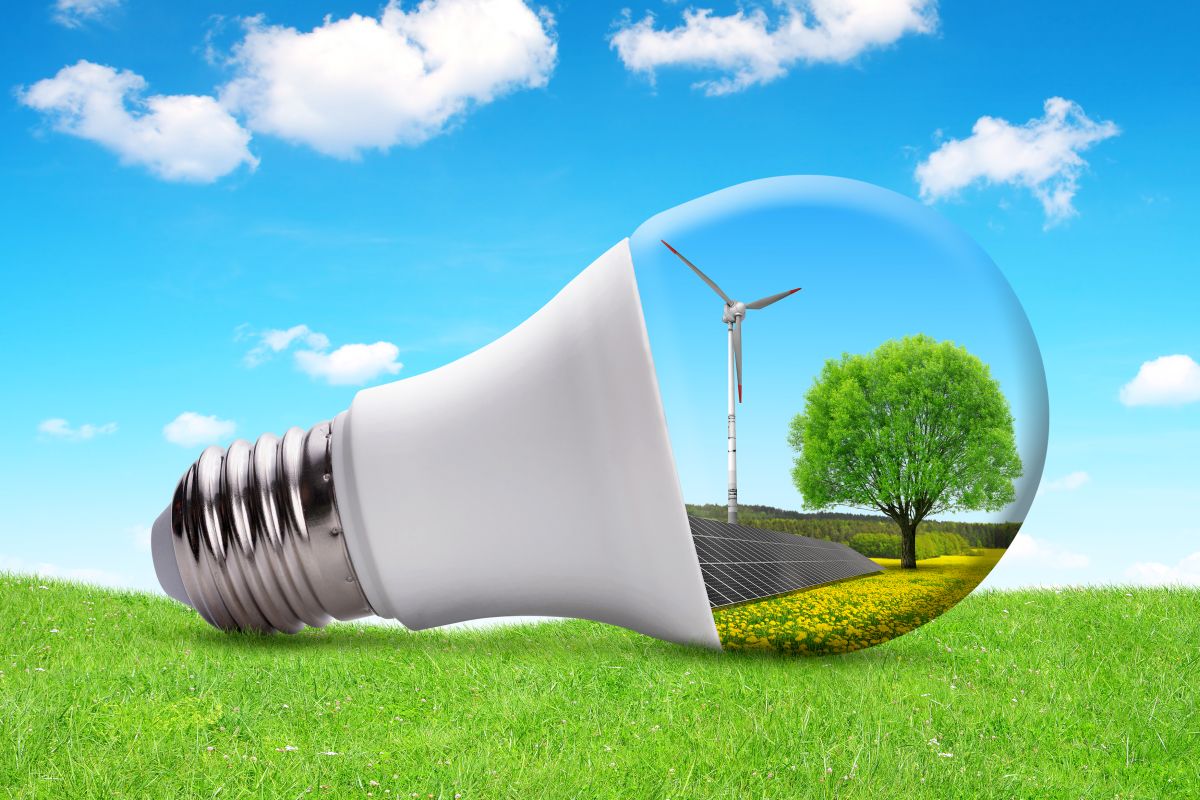

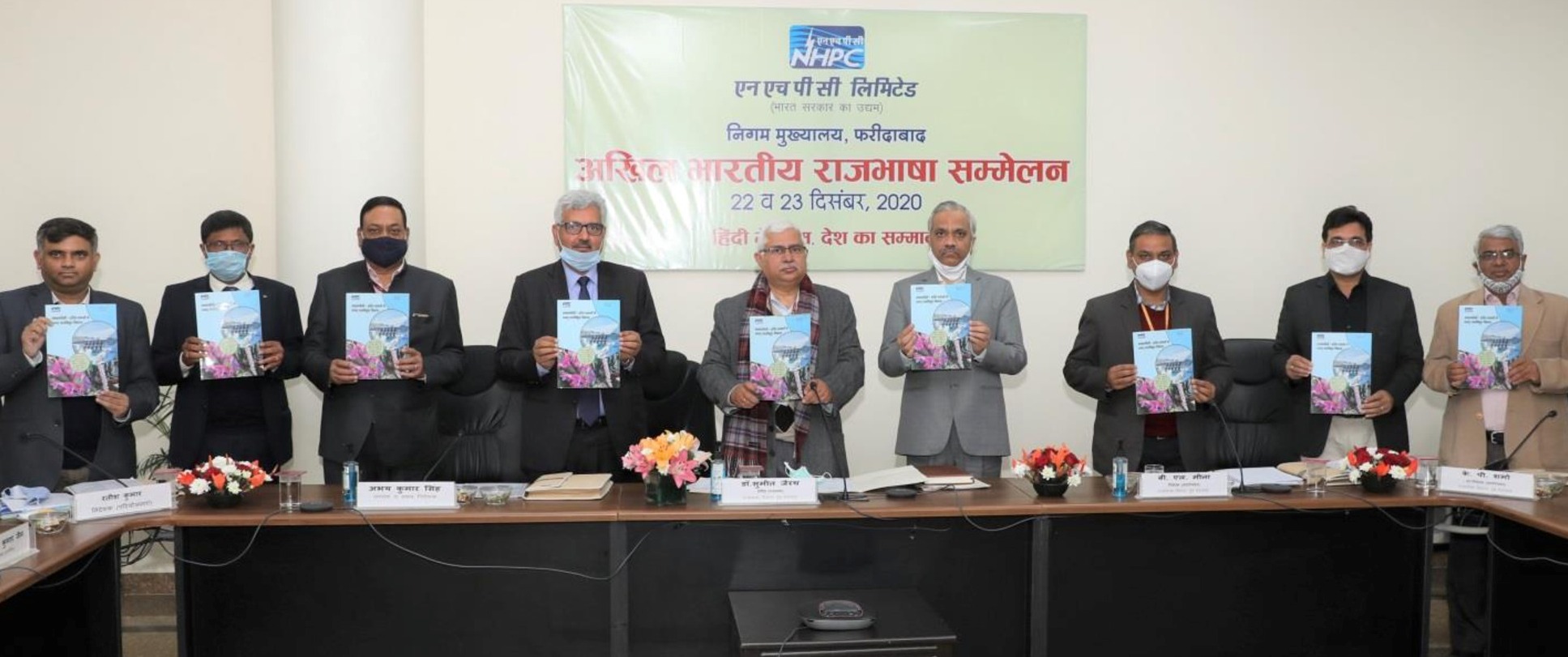


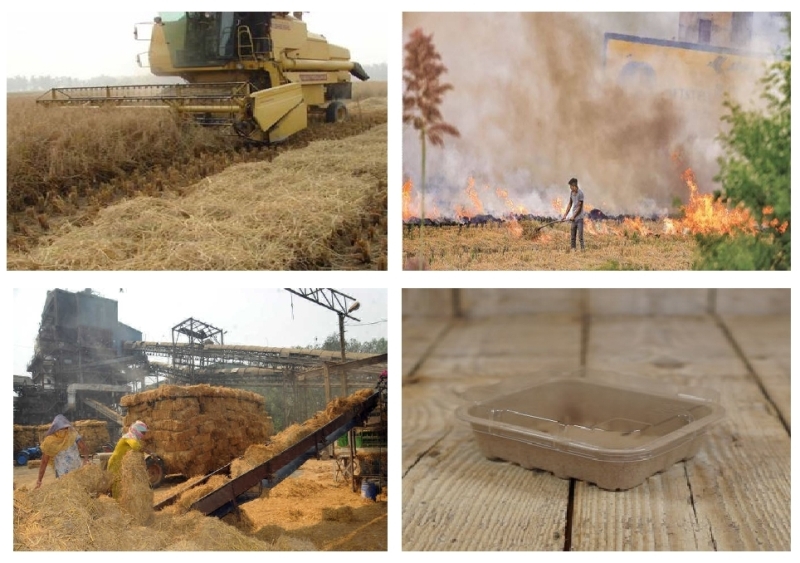




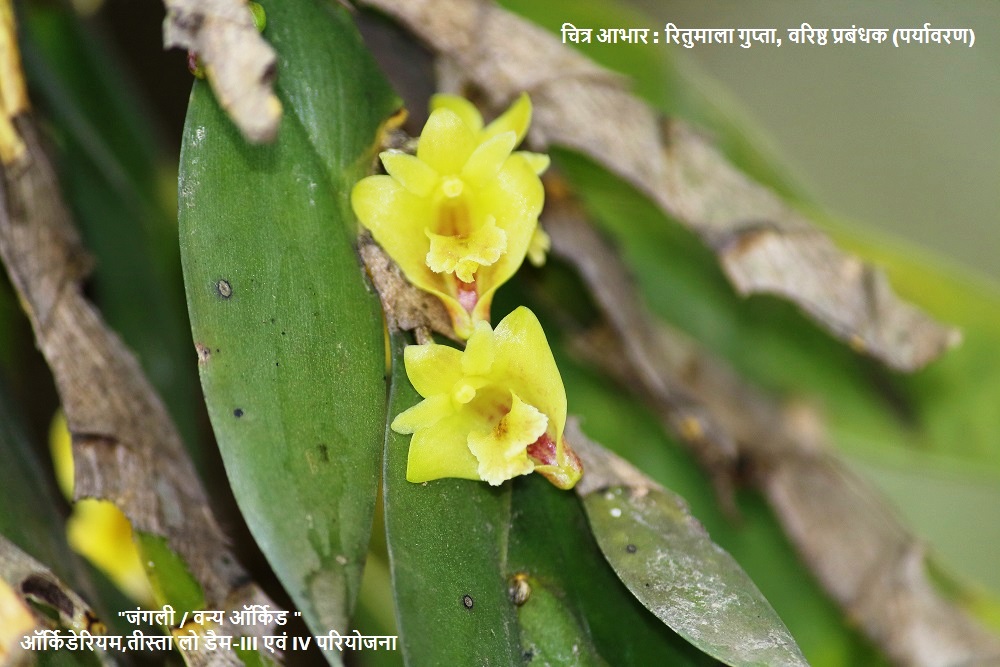

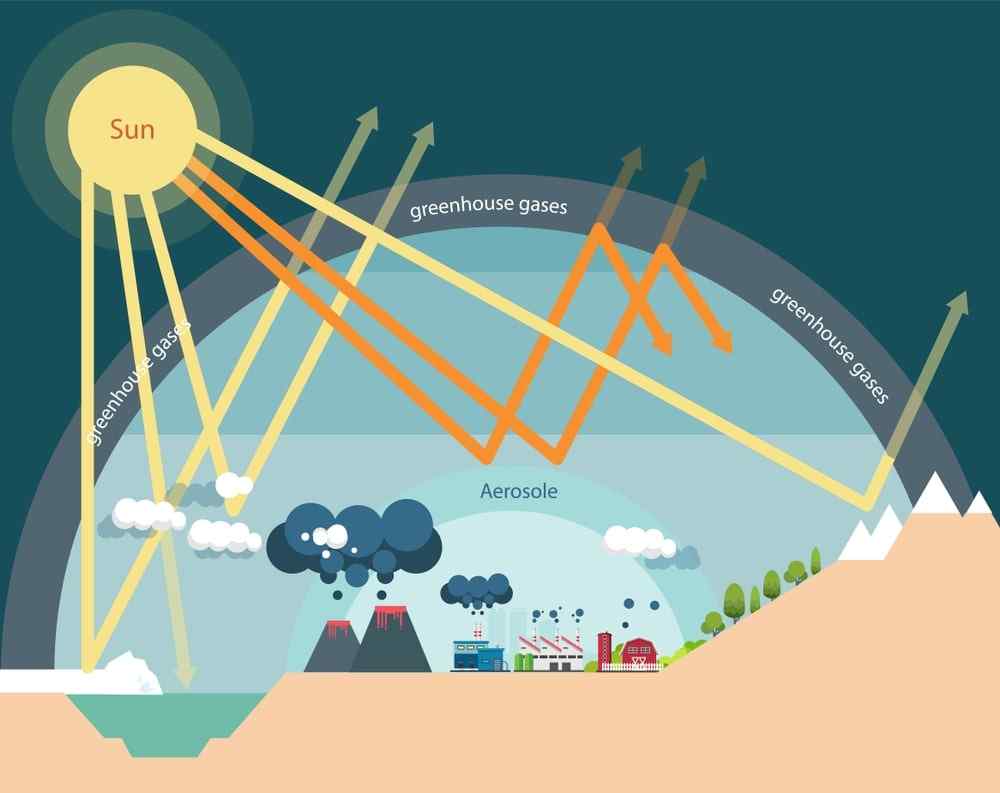

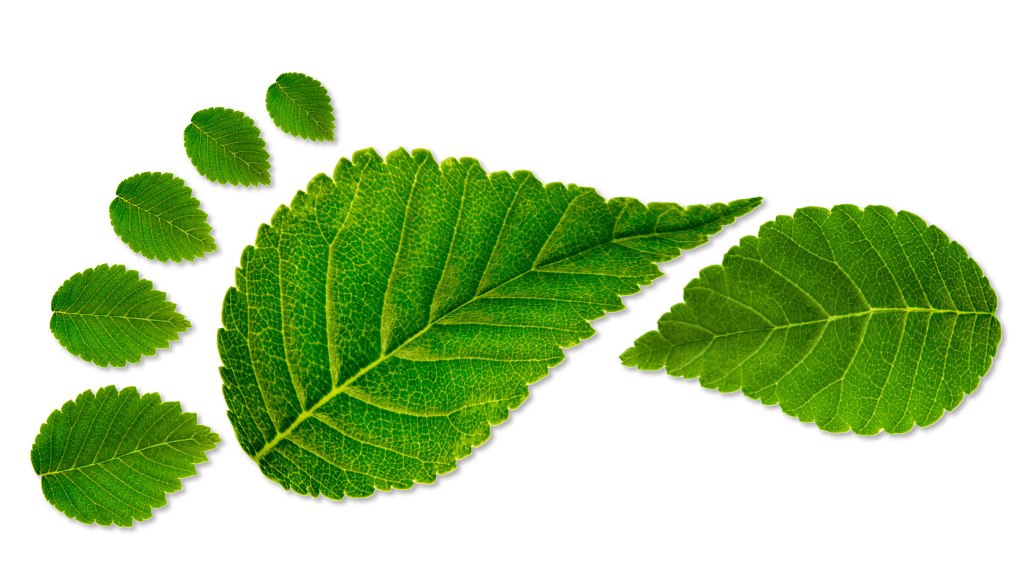






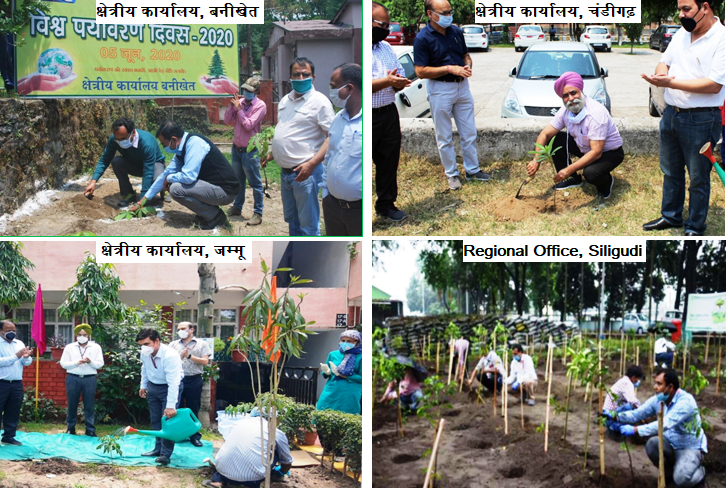
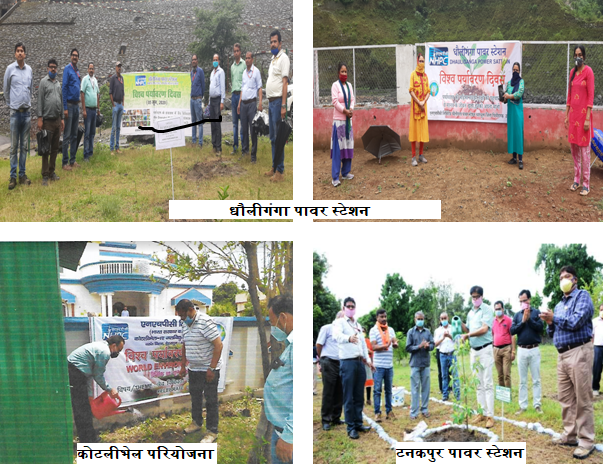
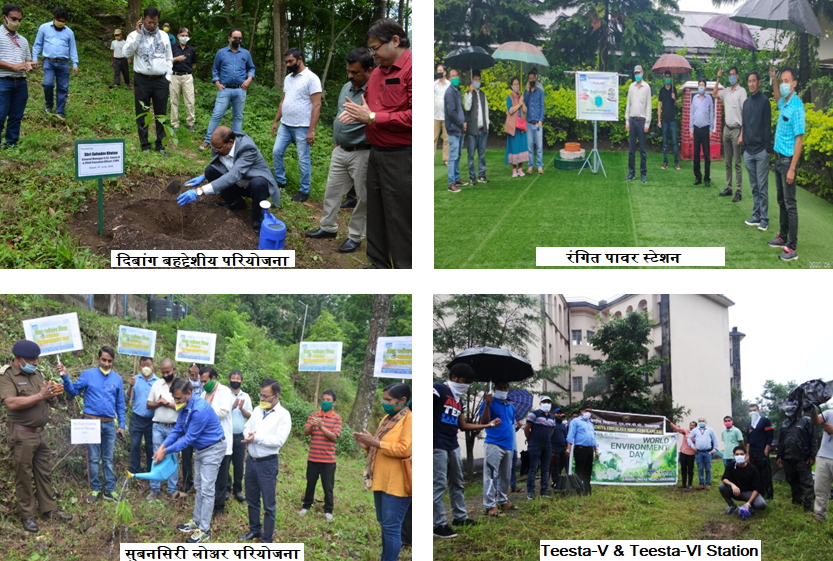
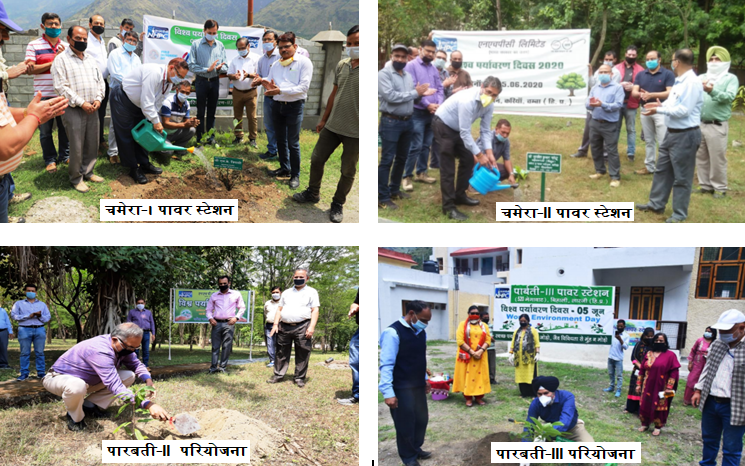
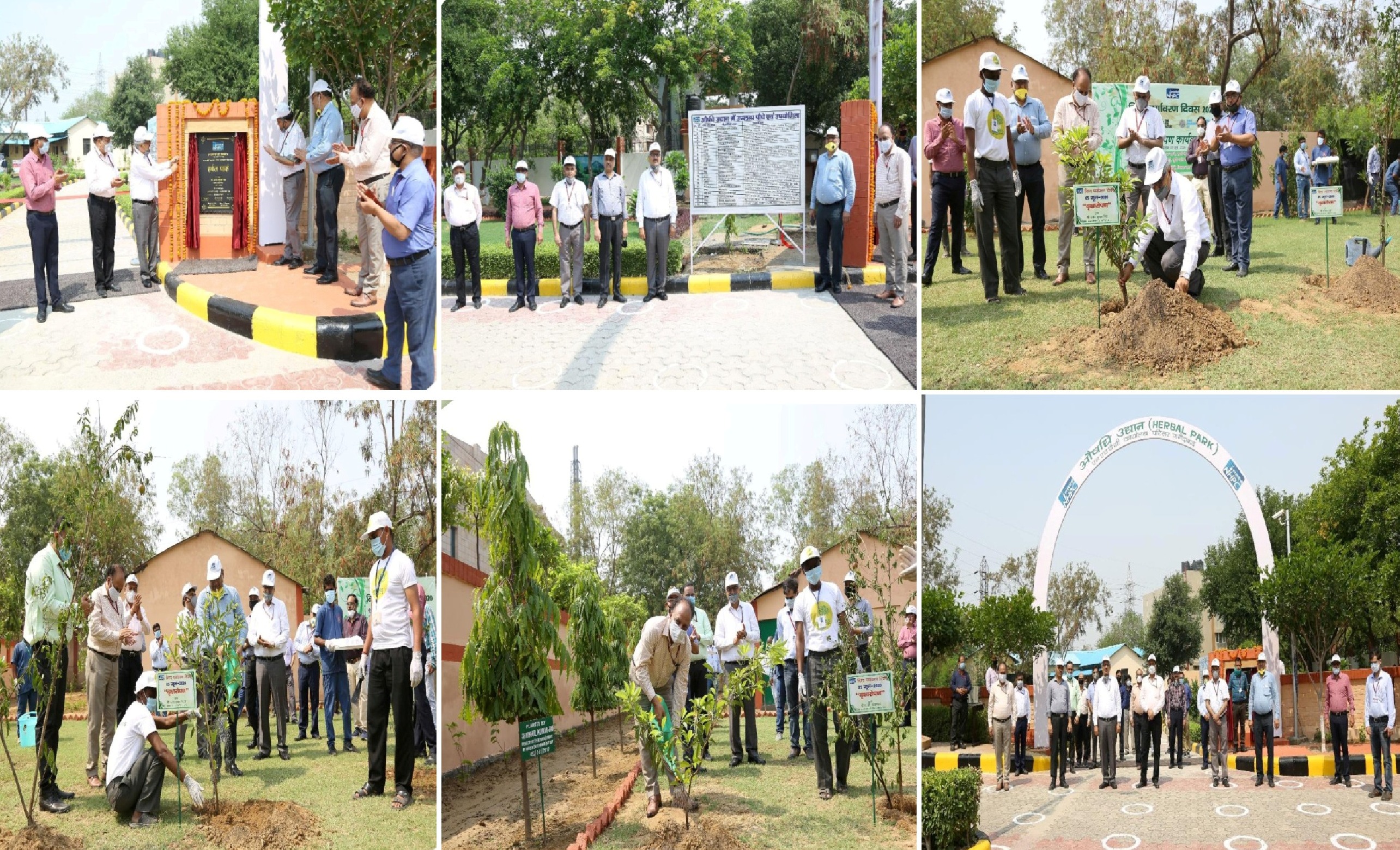
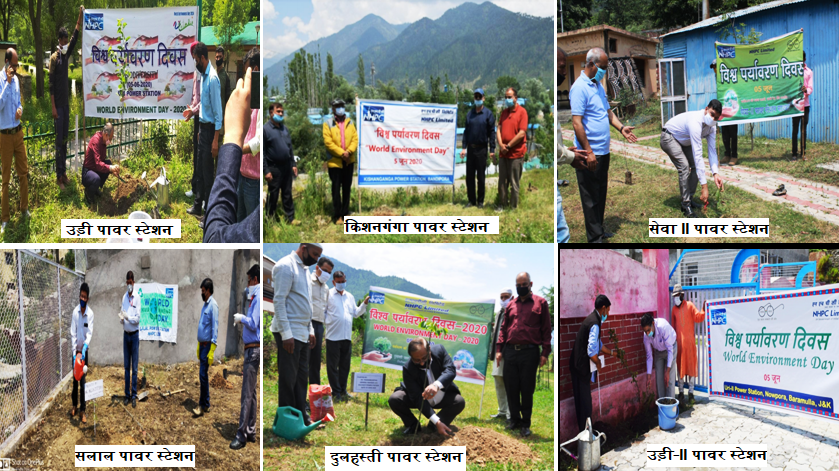
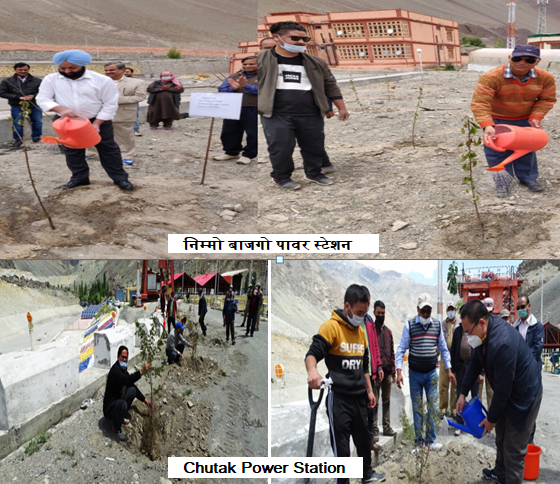
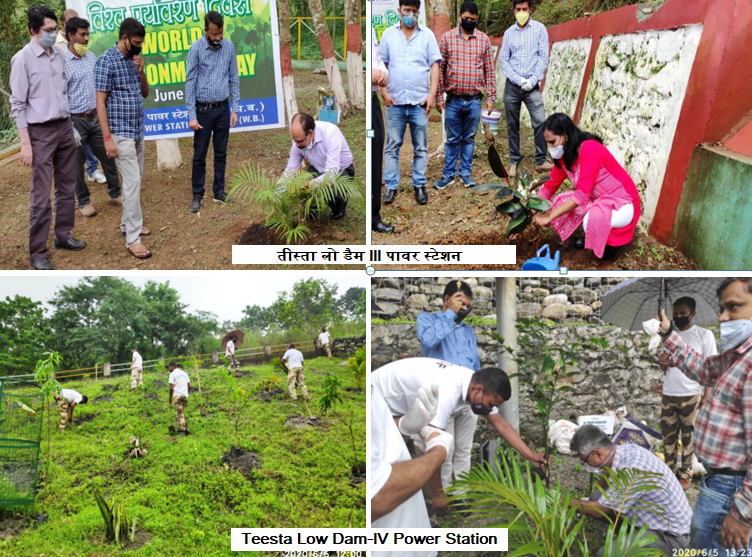
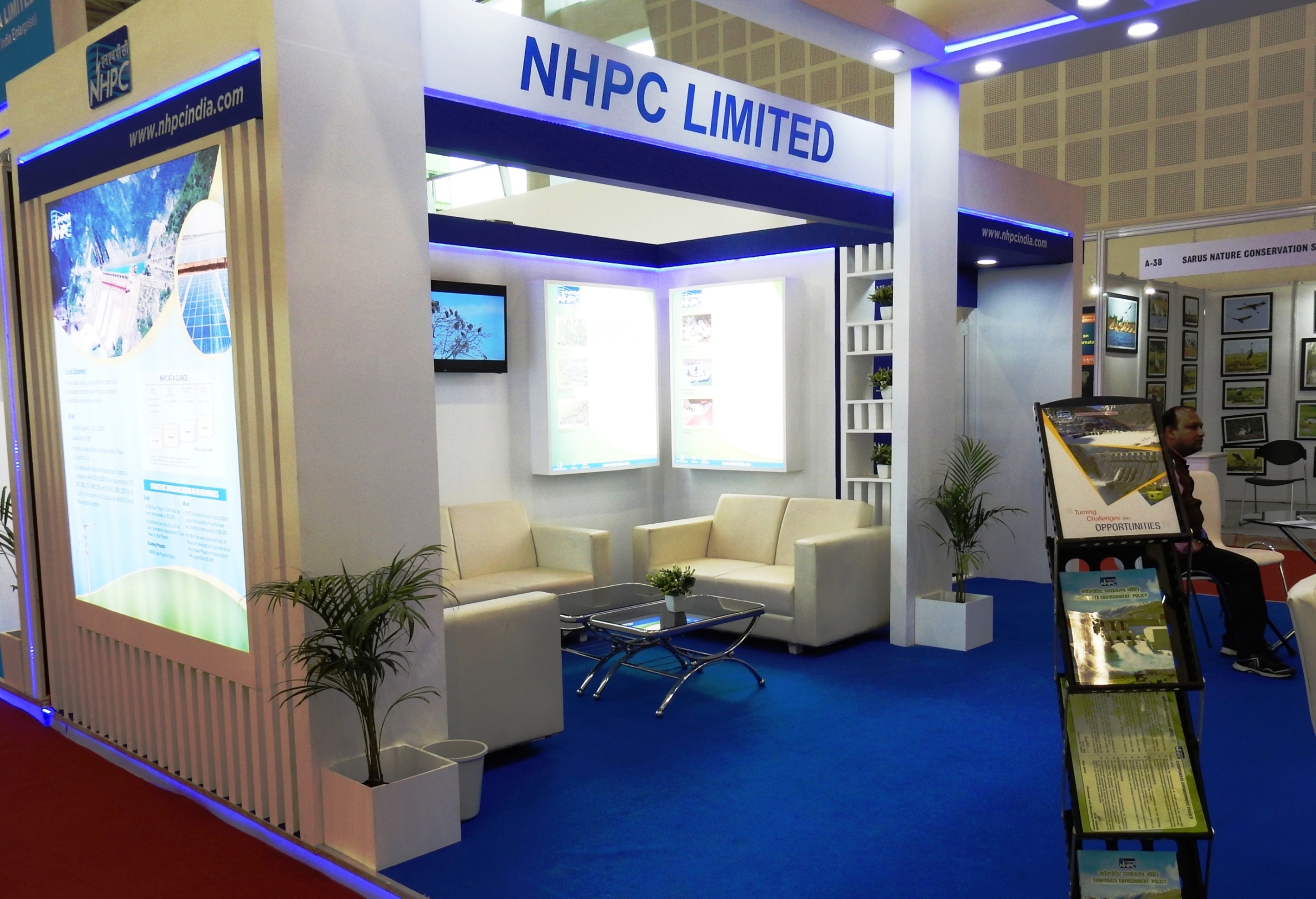







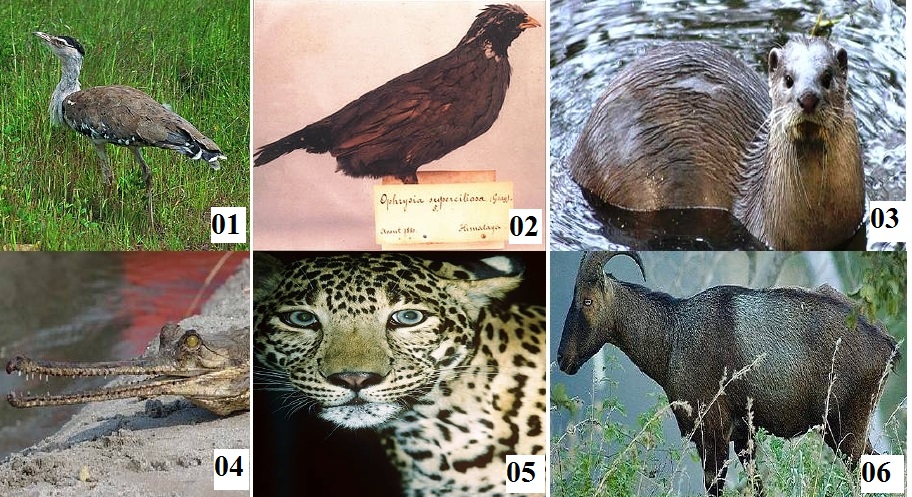
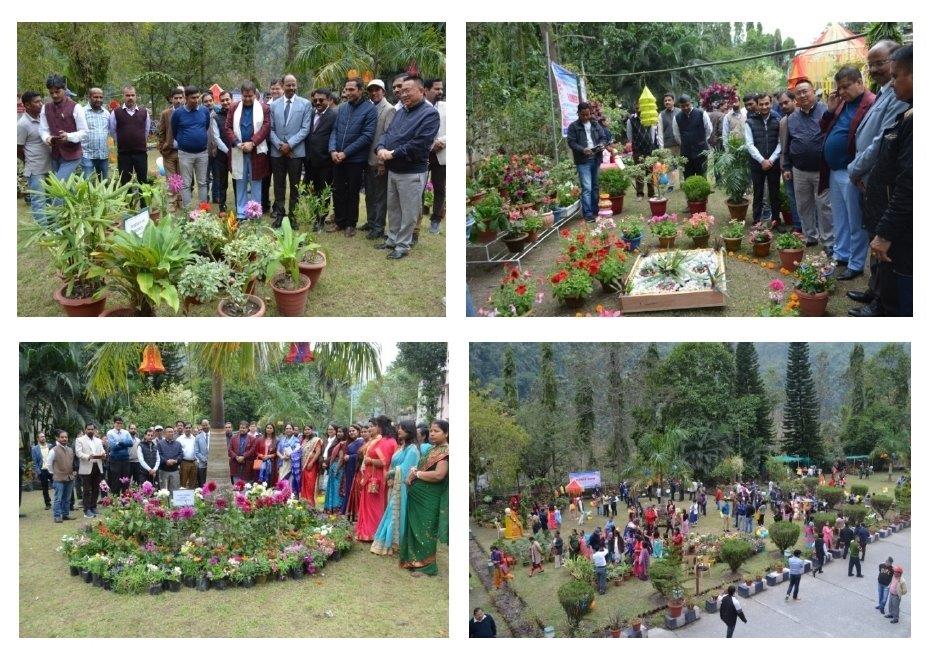
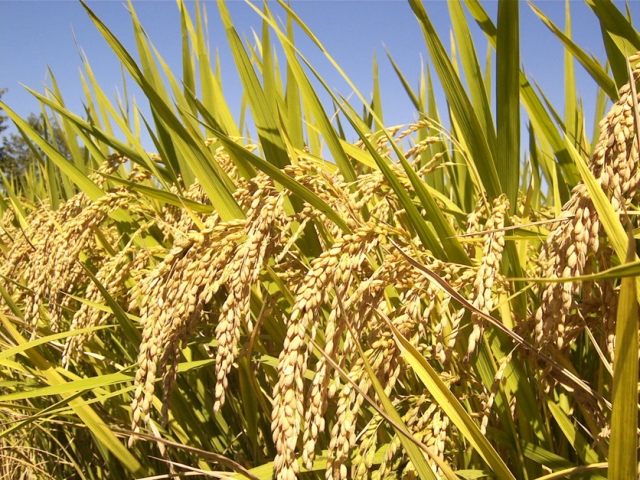
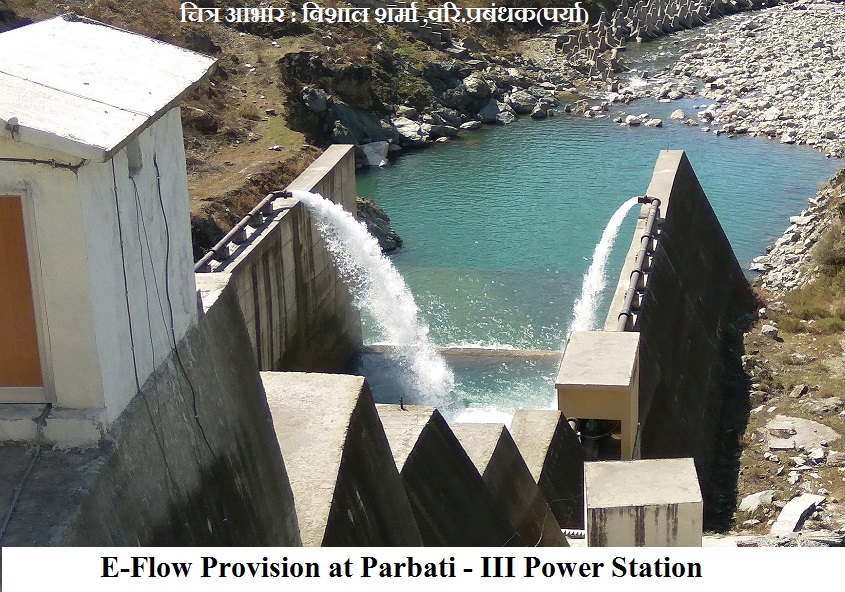

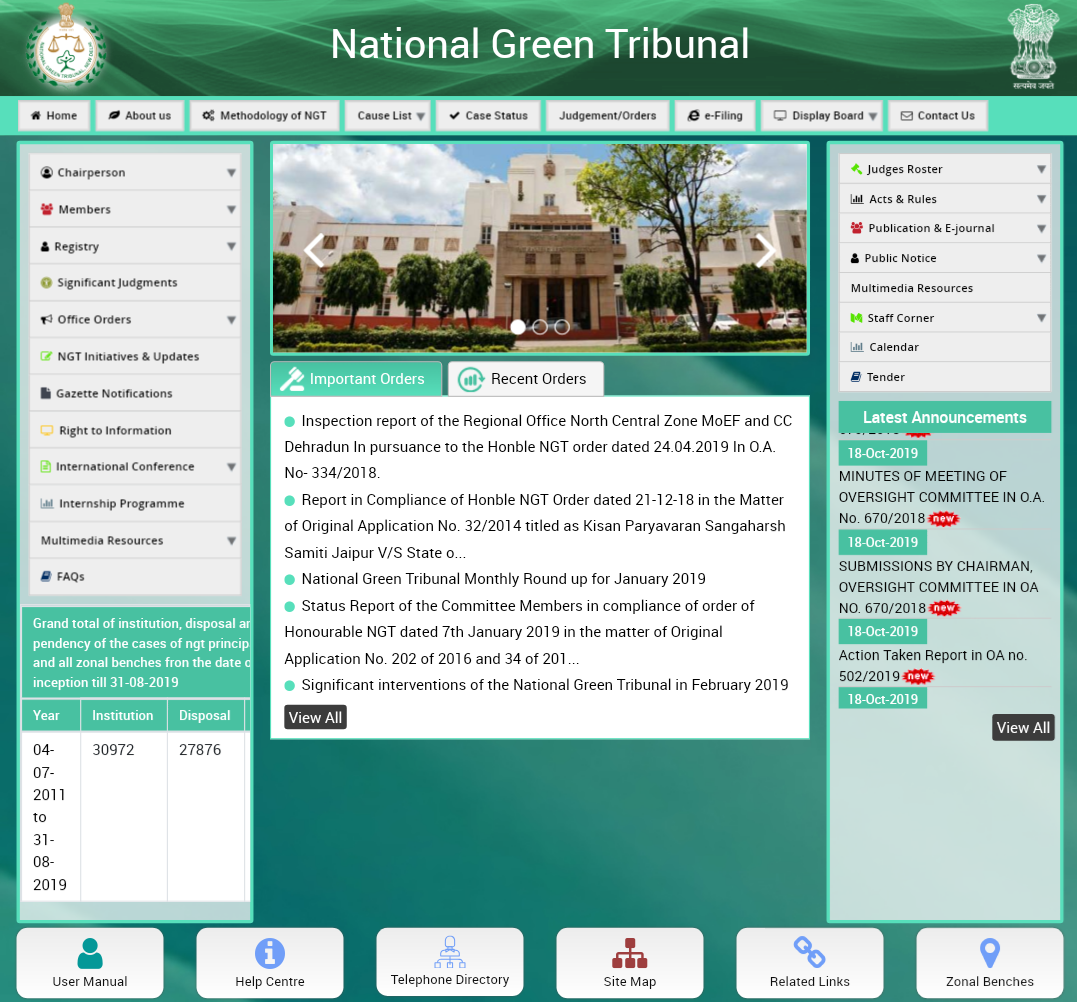
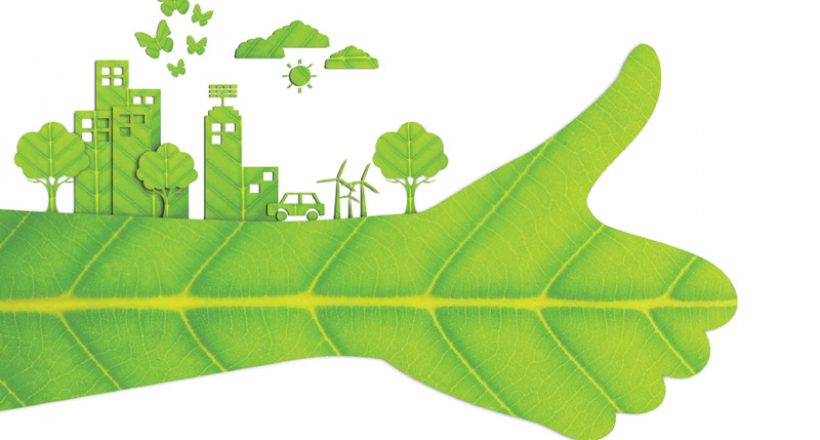
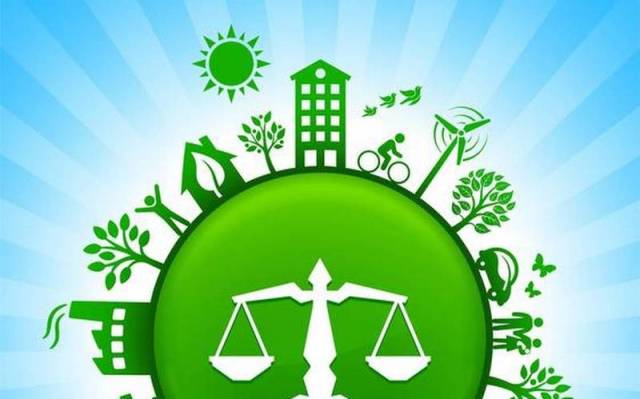



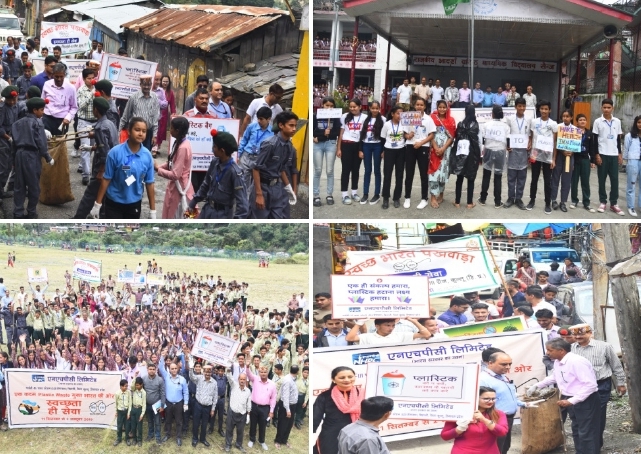


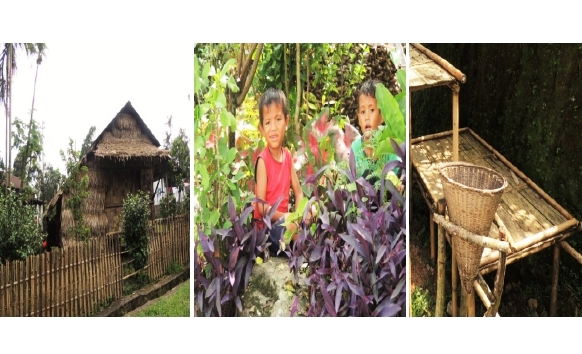
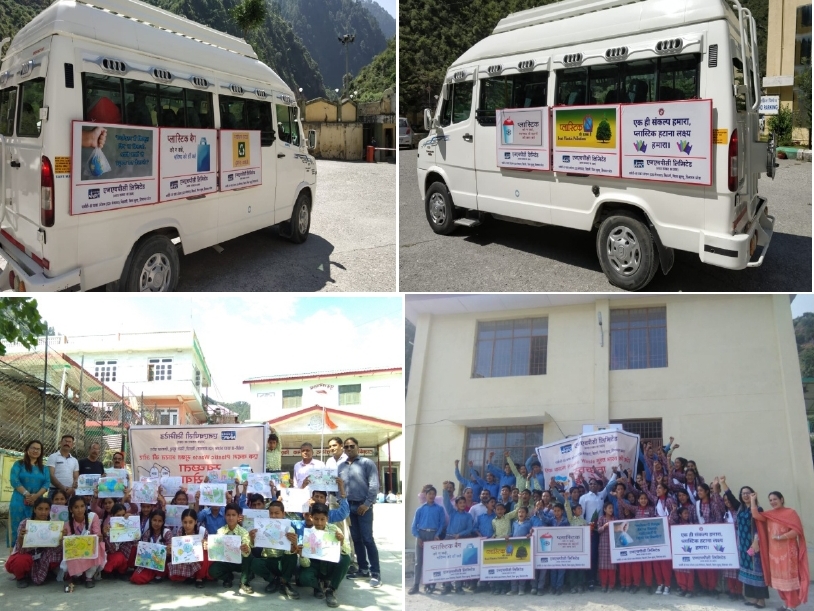
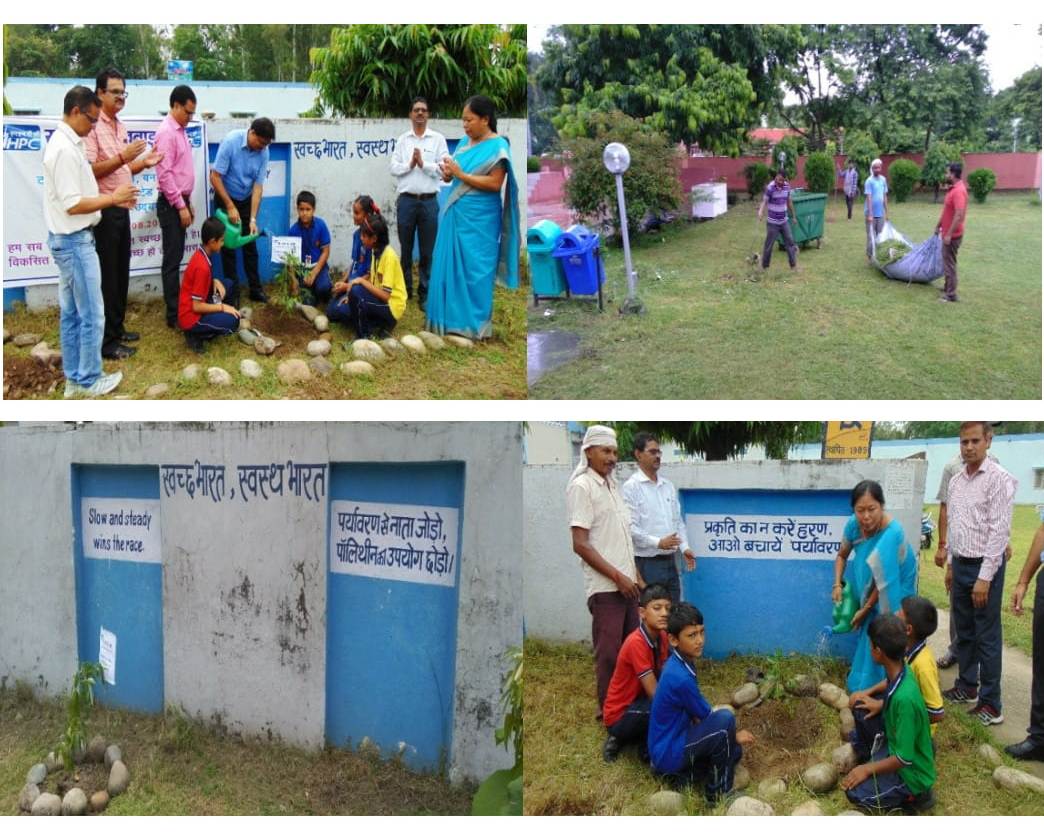
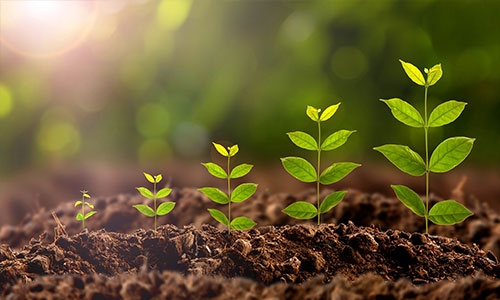

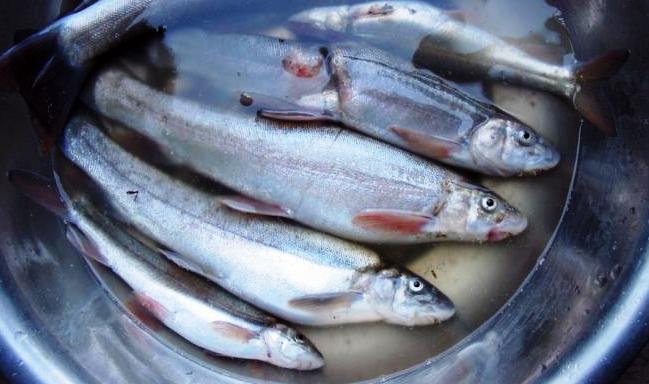


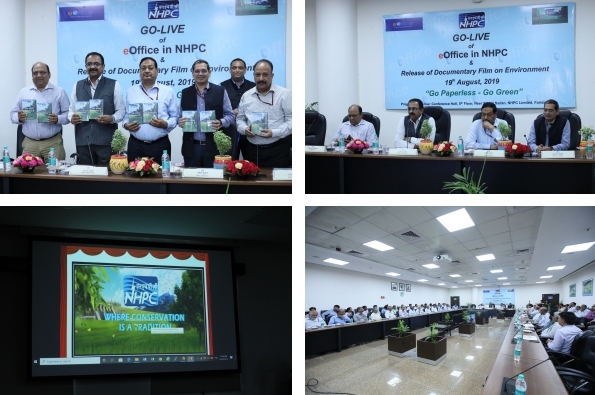
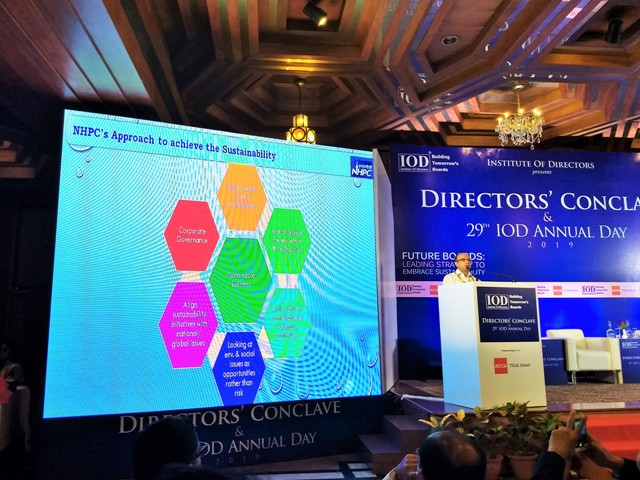
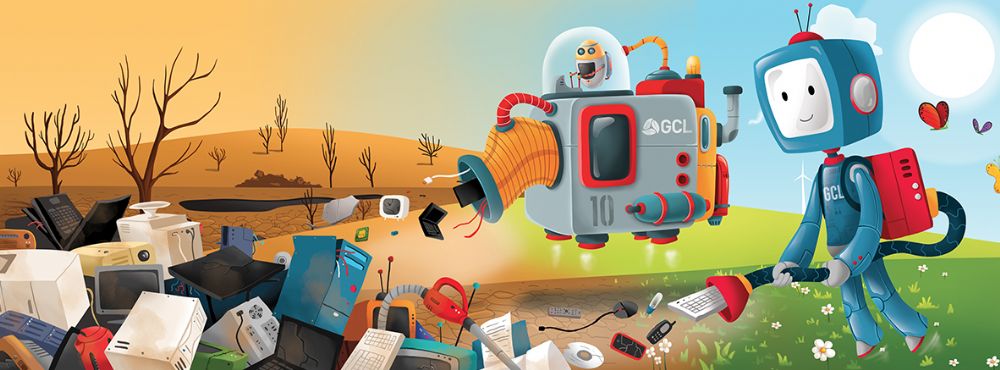
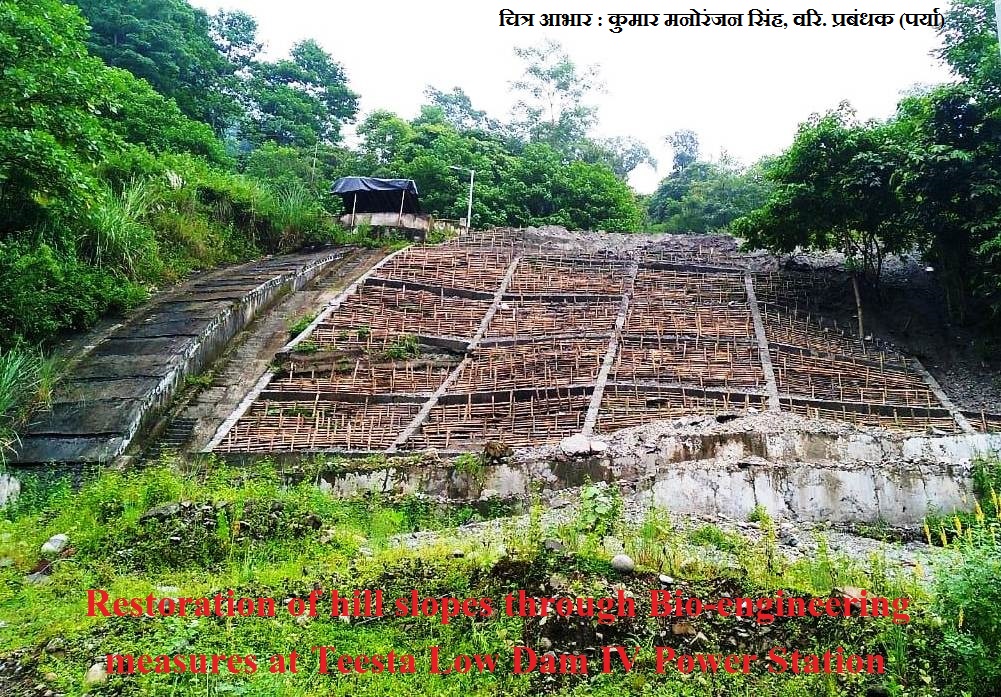

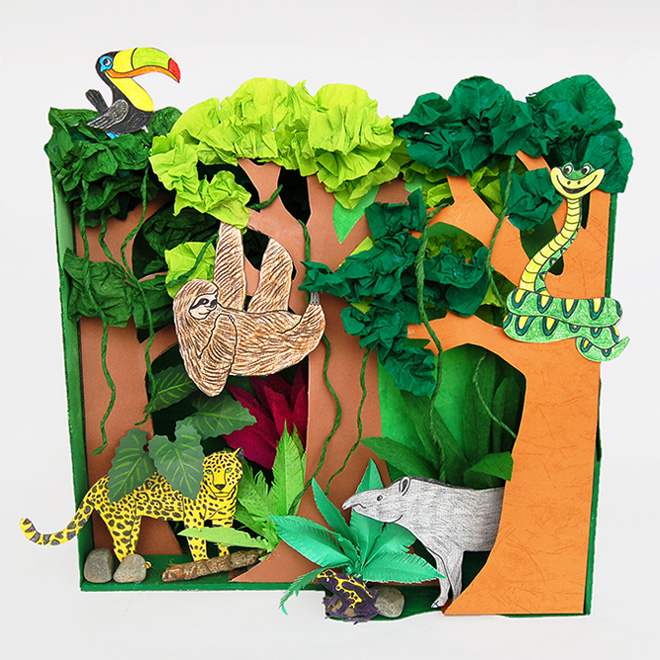
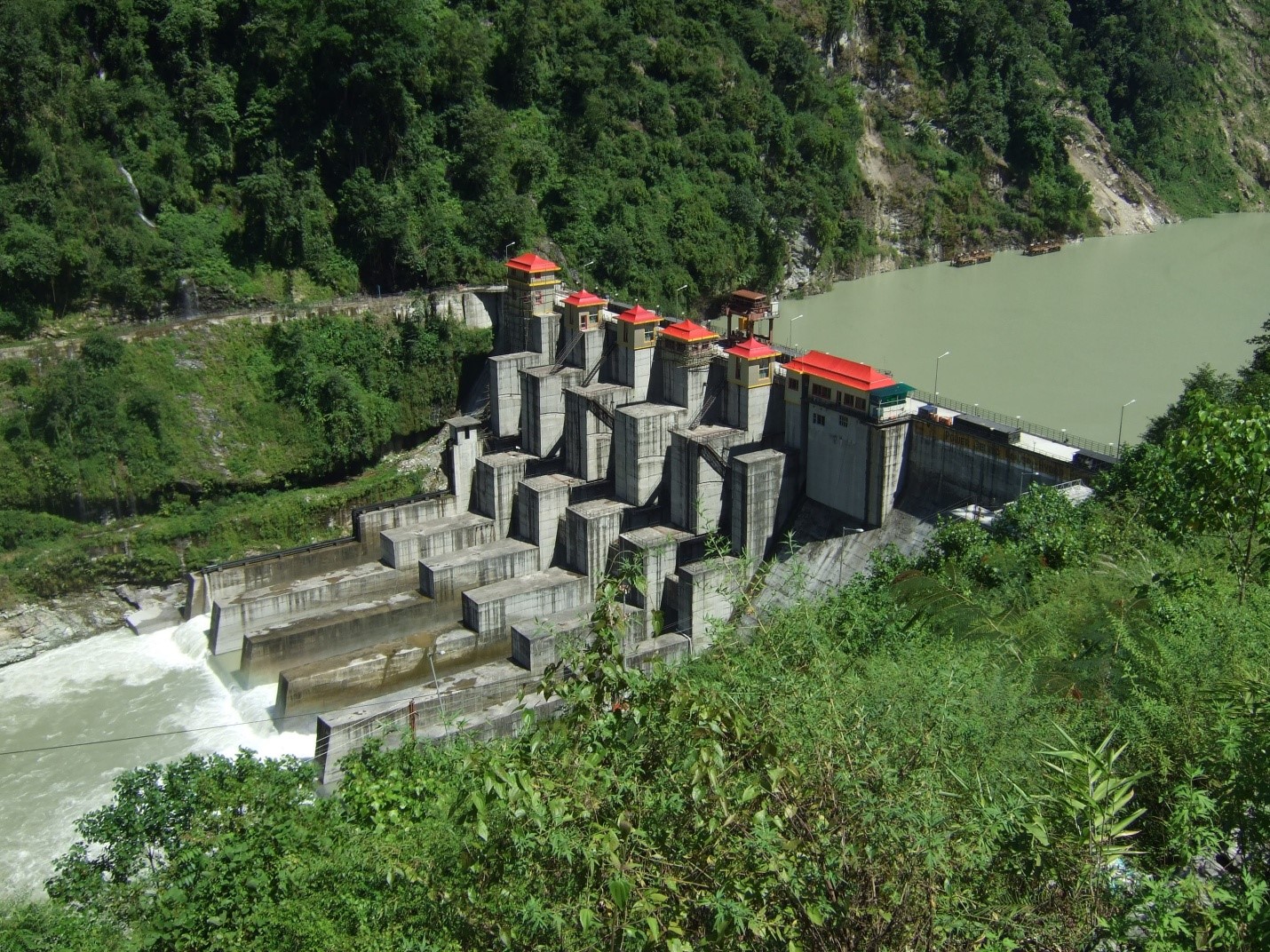
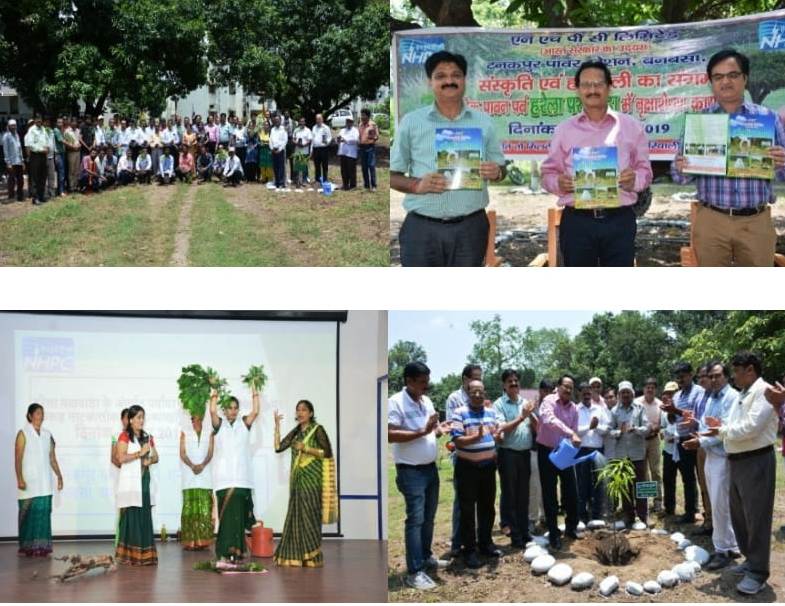
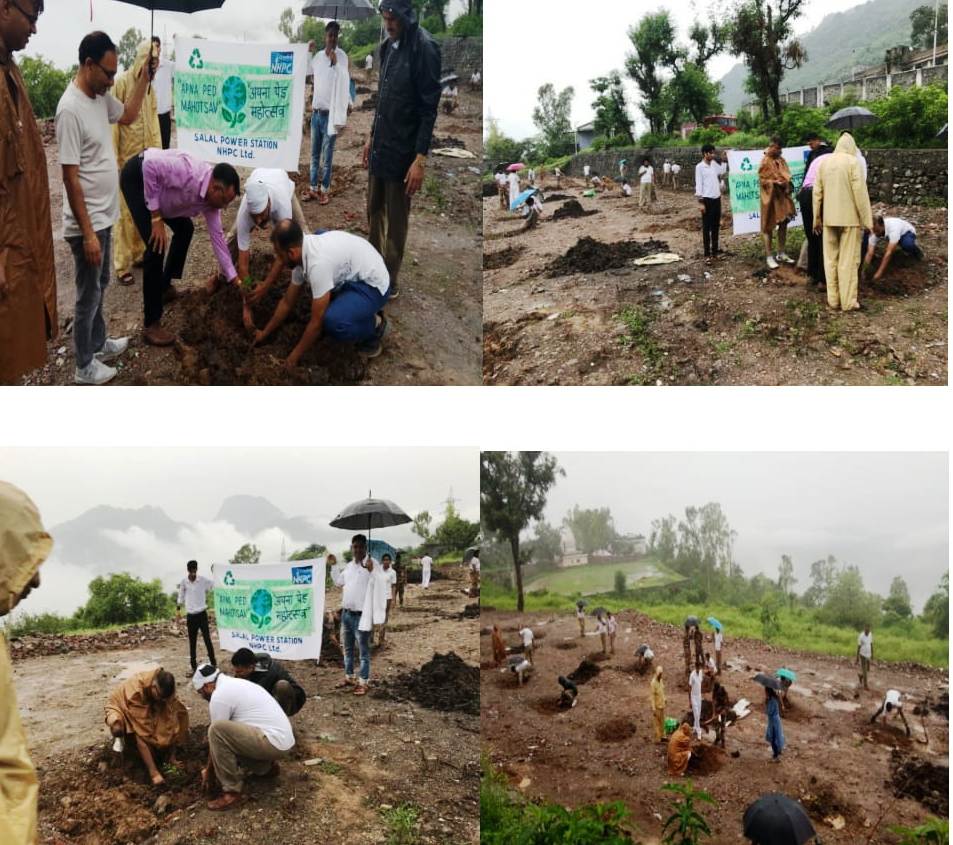

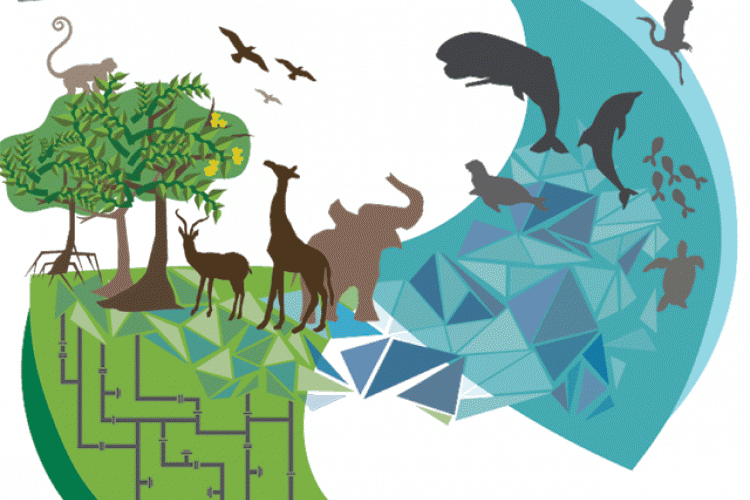

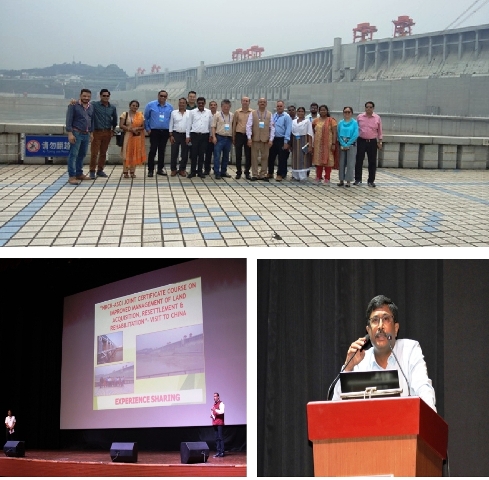



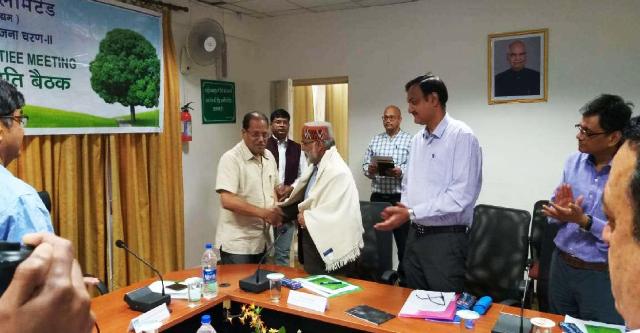

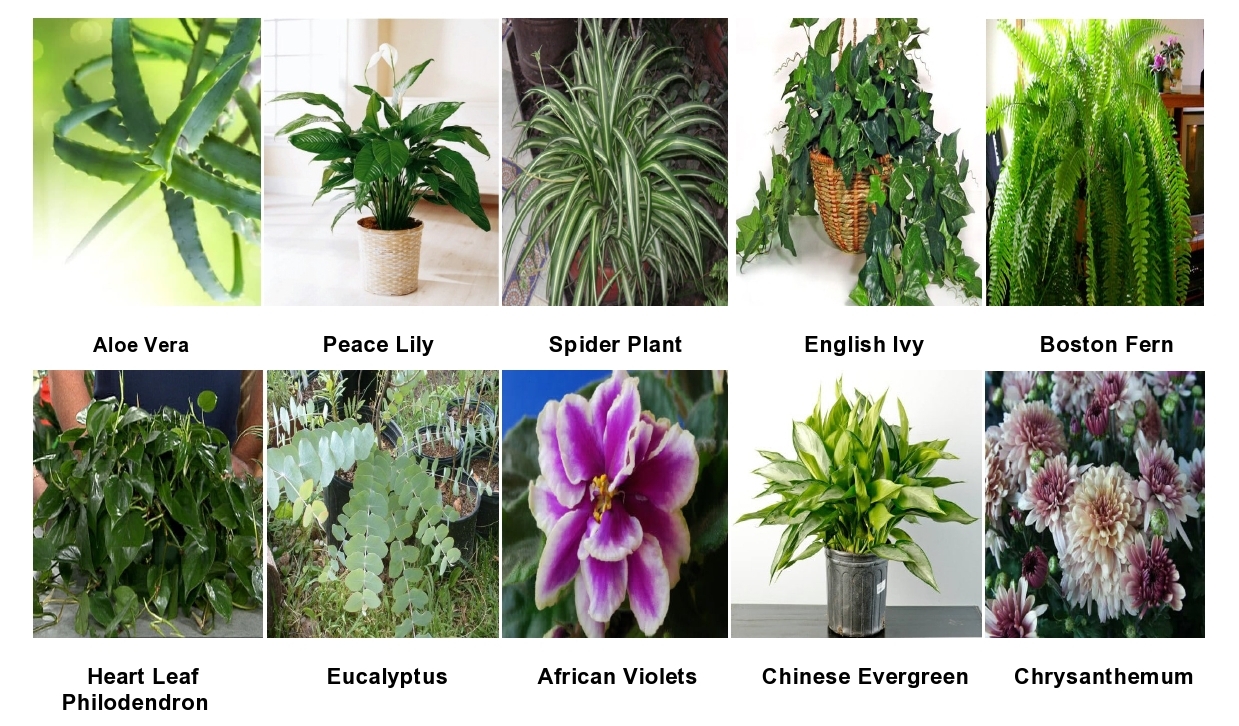
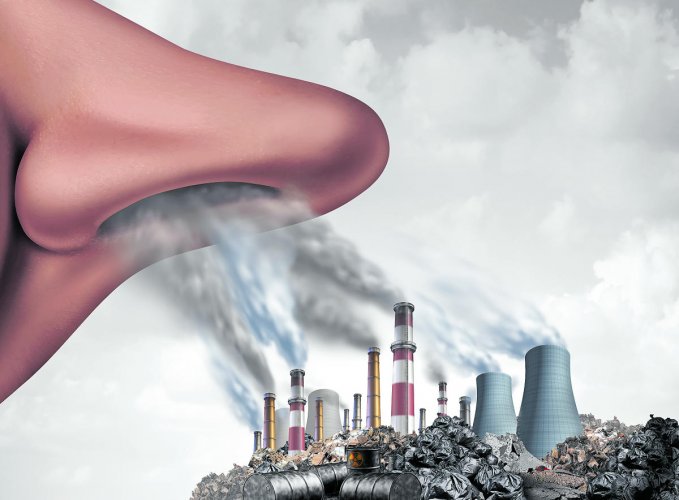
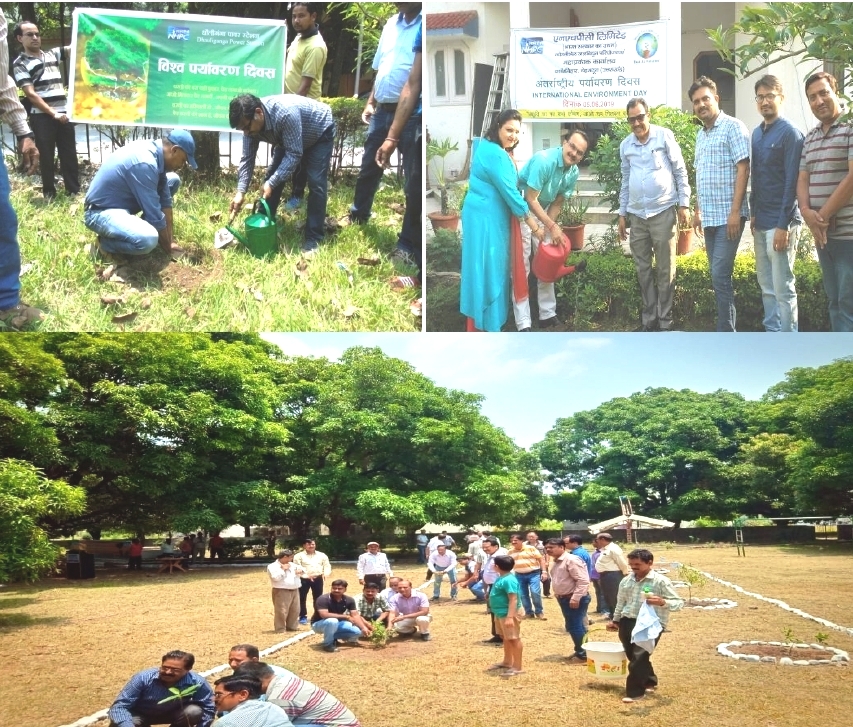
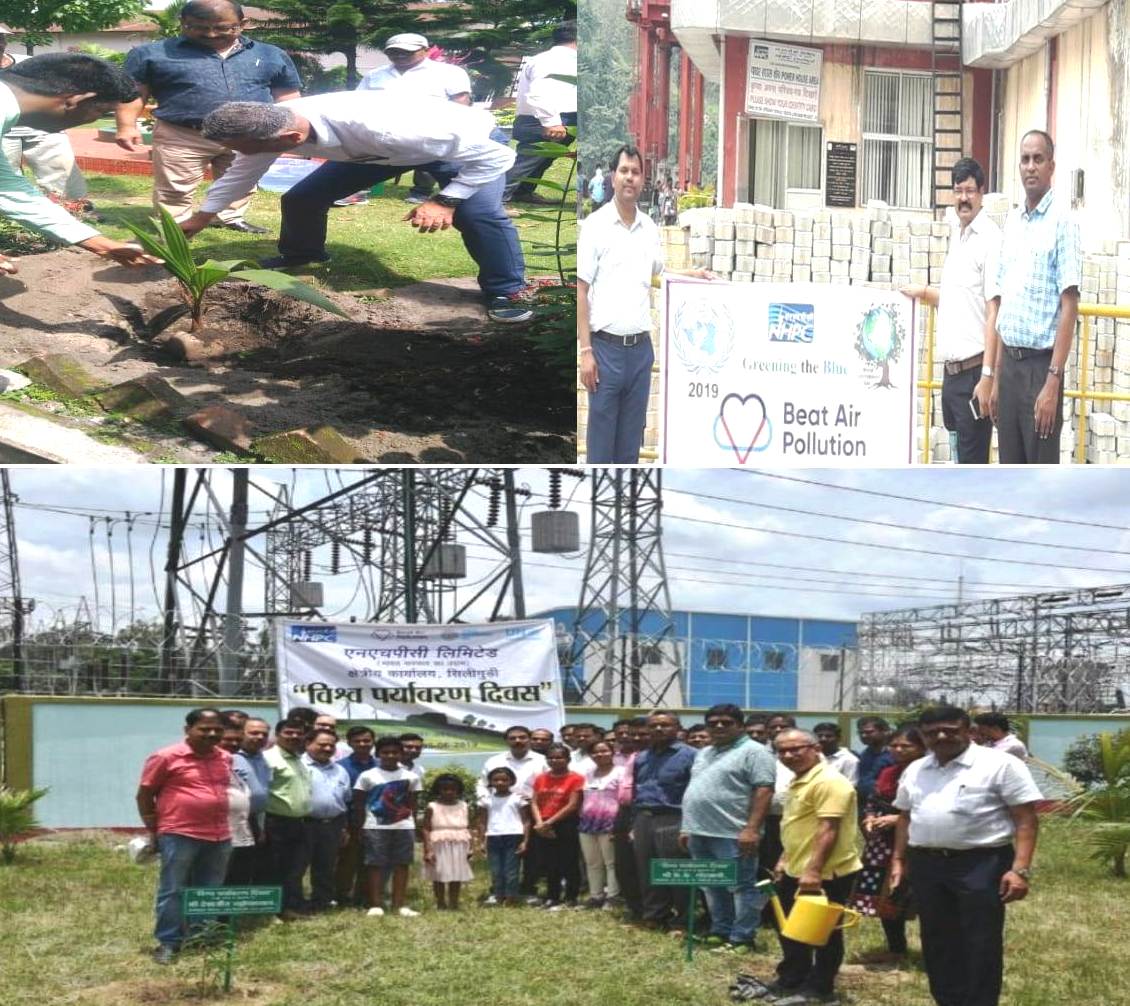

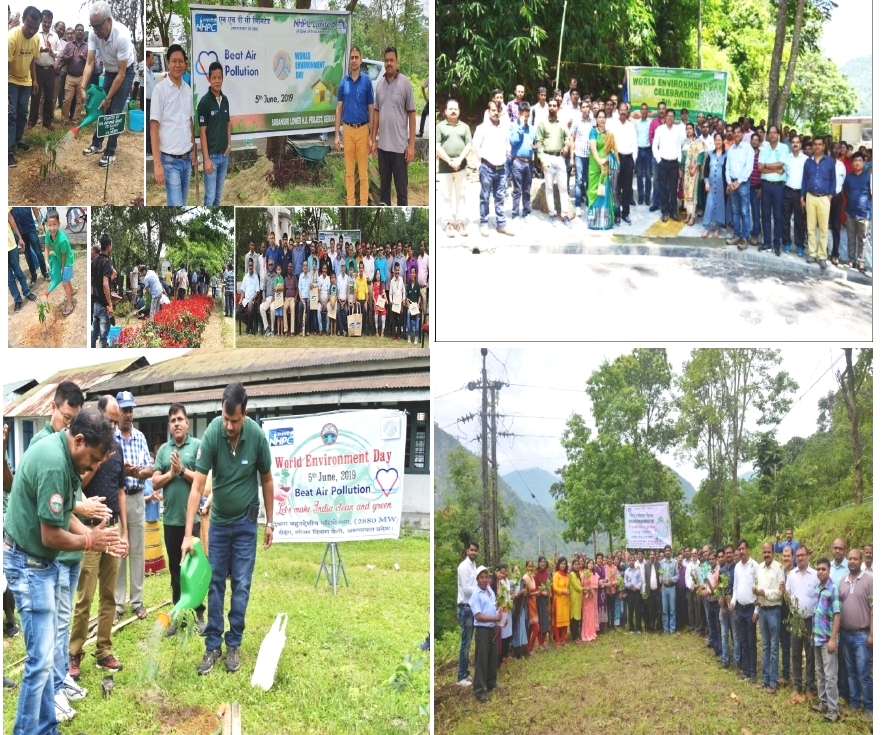
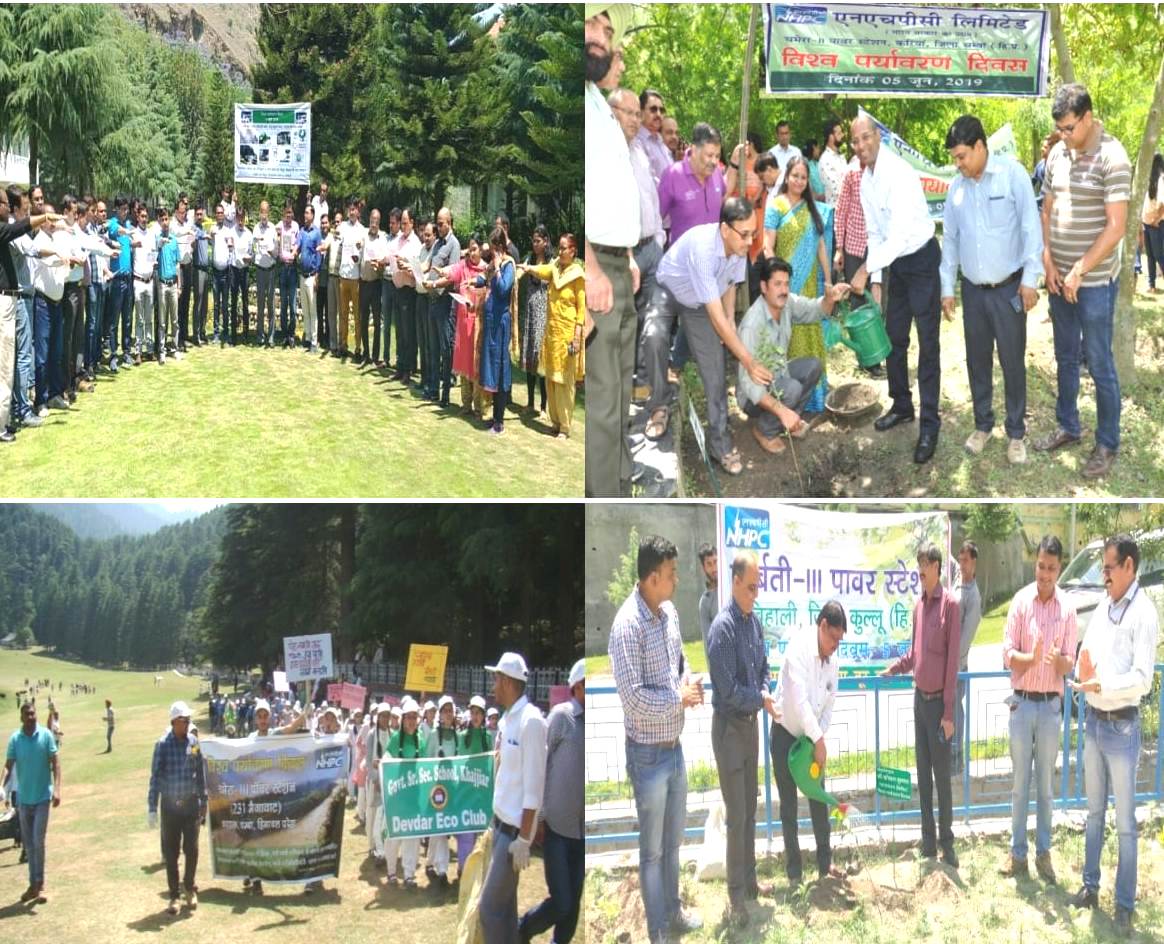
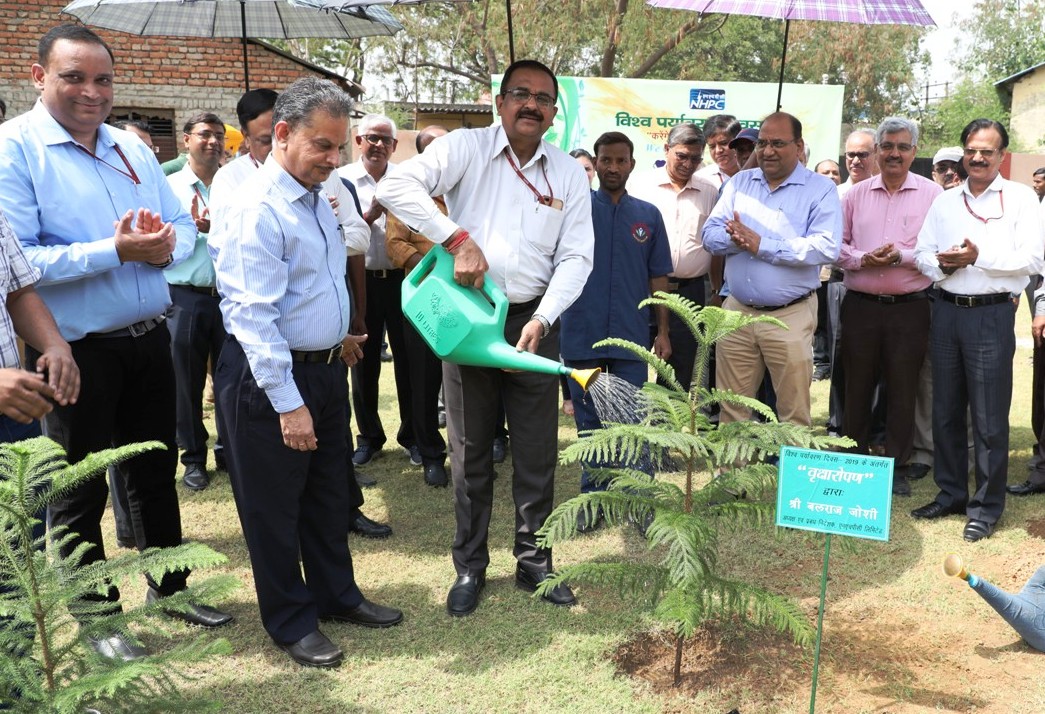

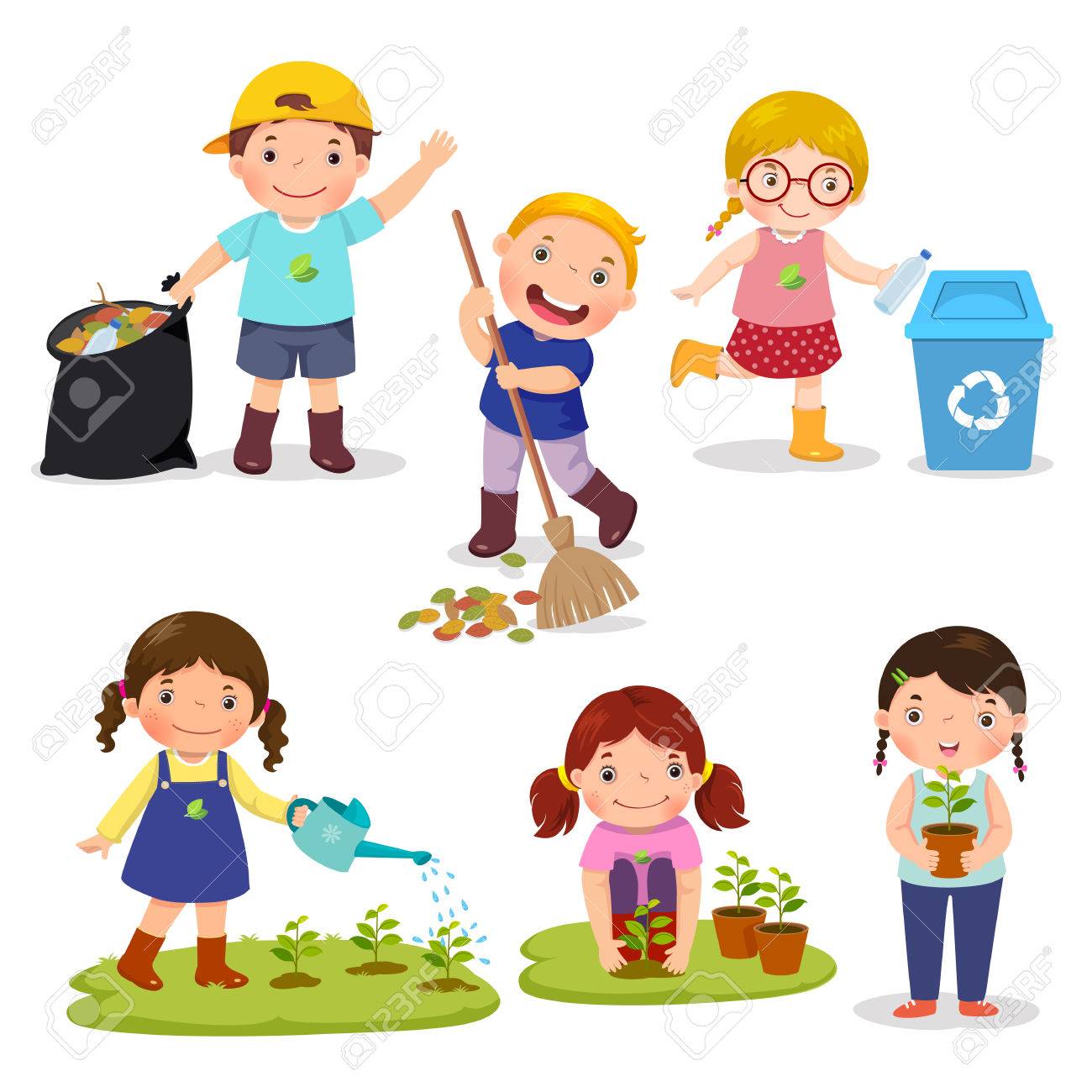
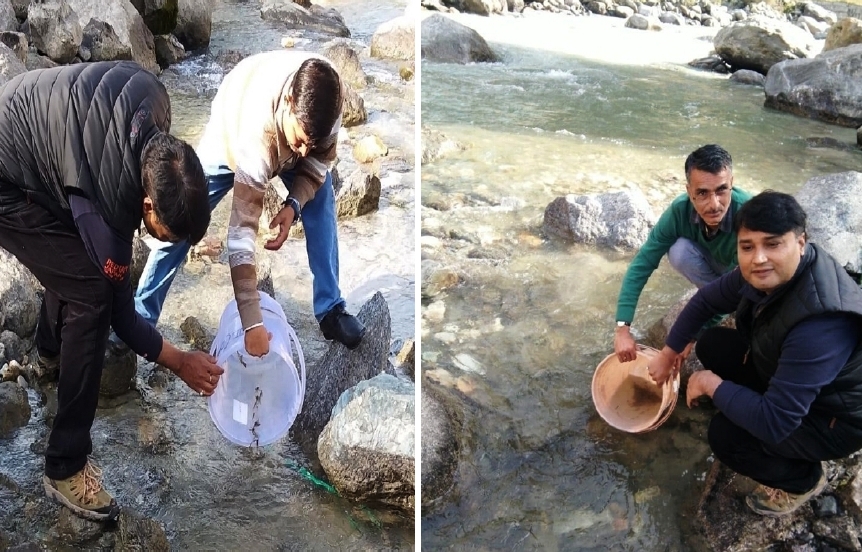


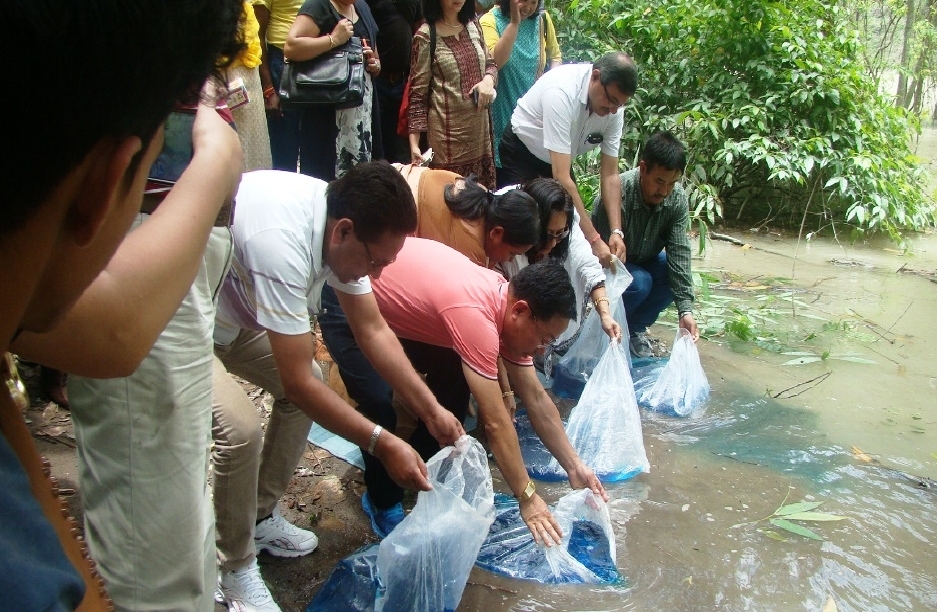

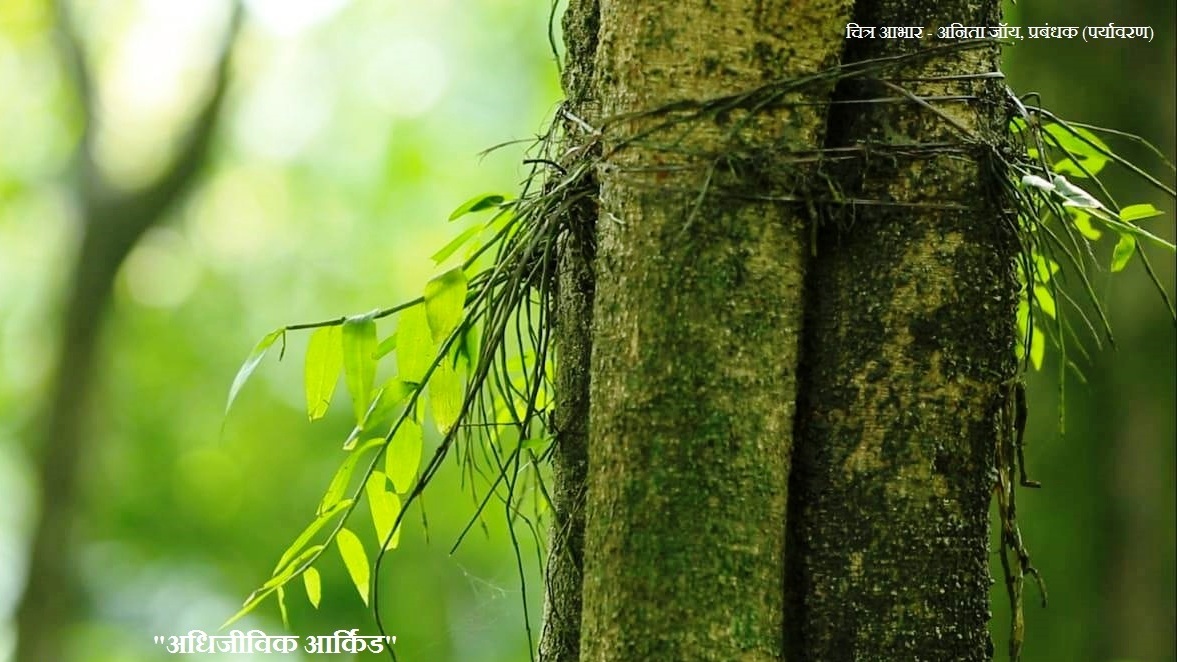
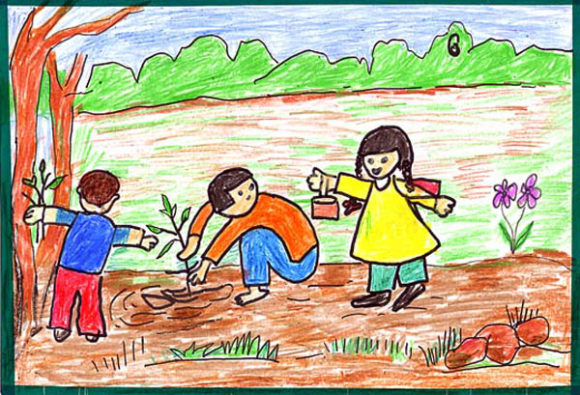

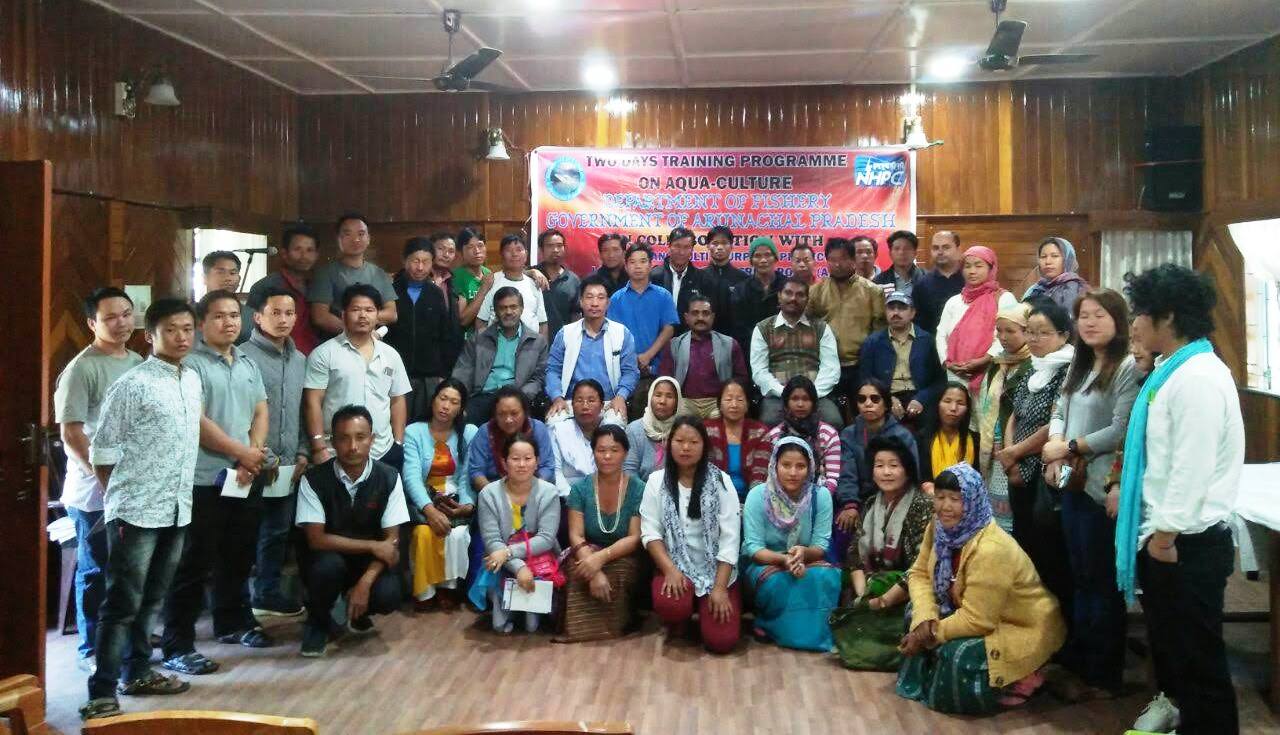
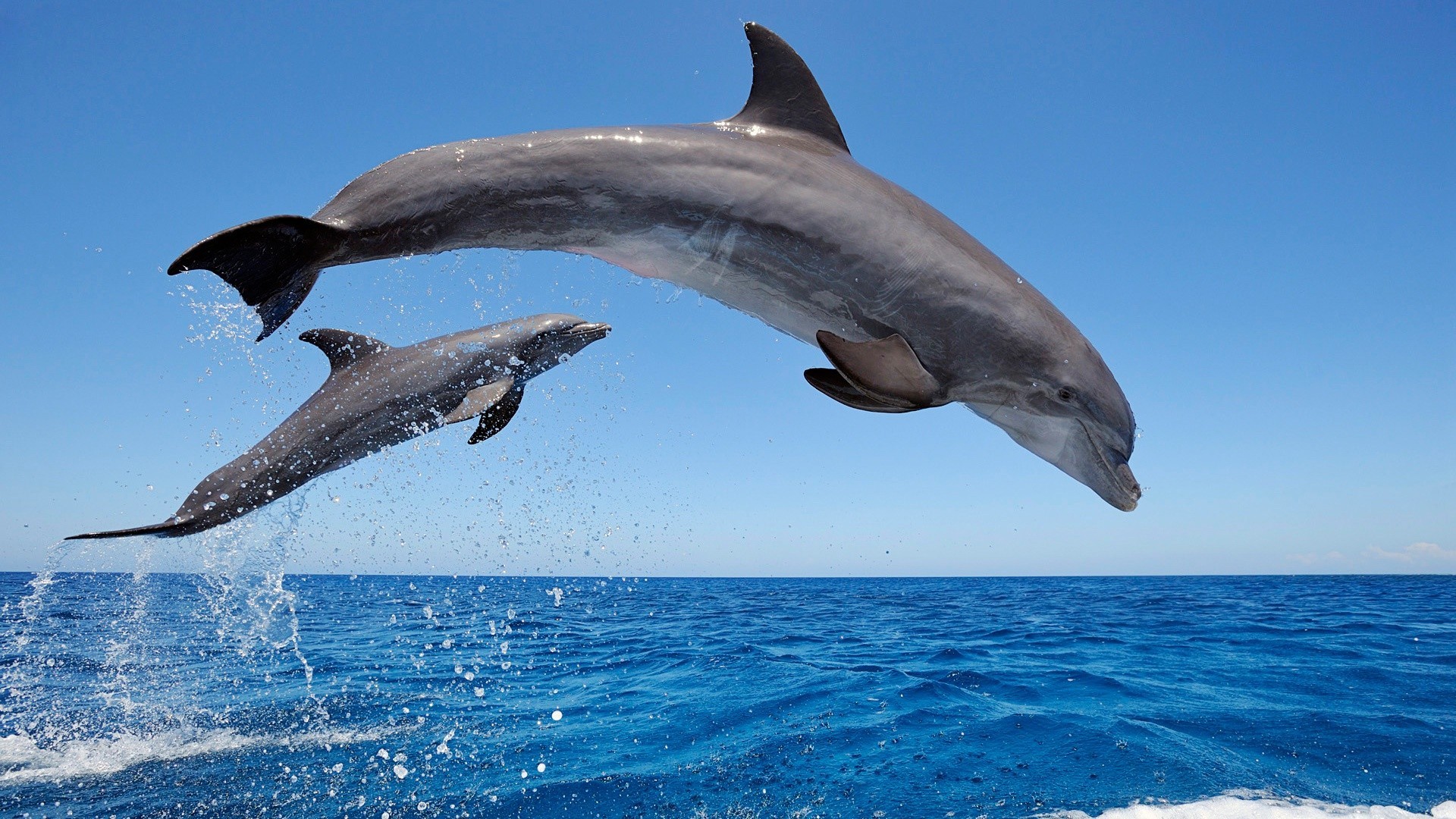
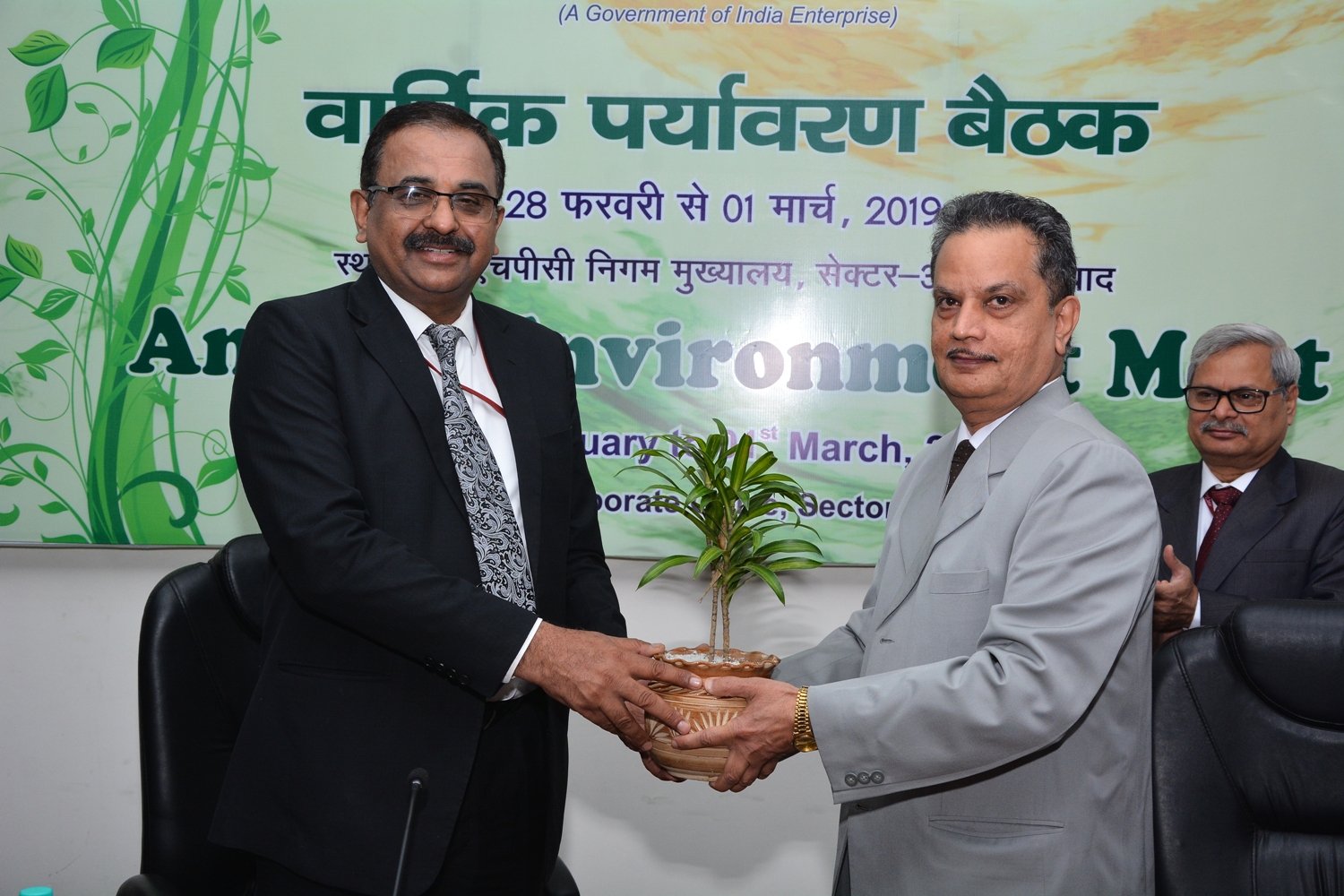











Leave a Reply